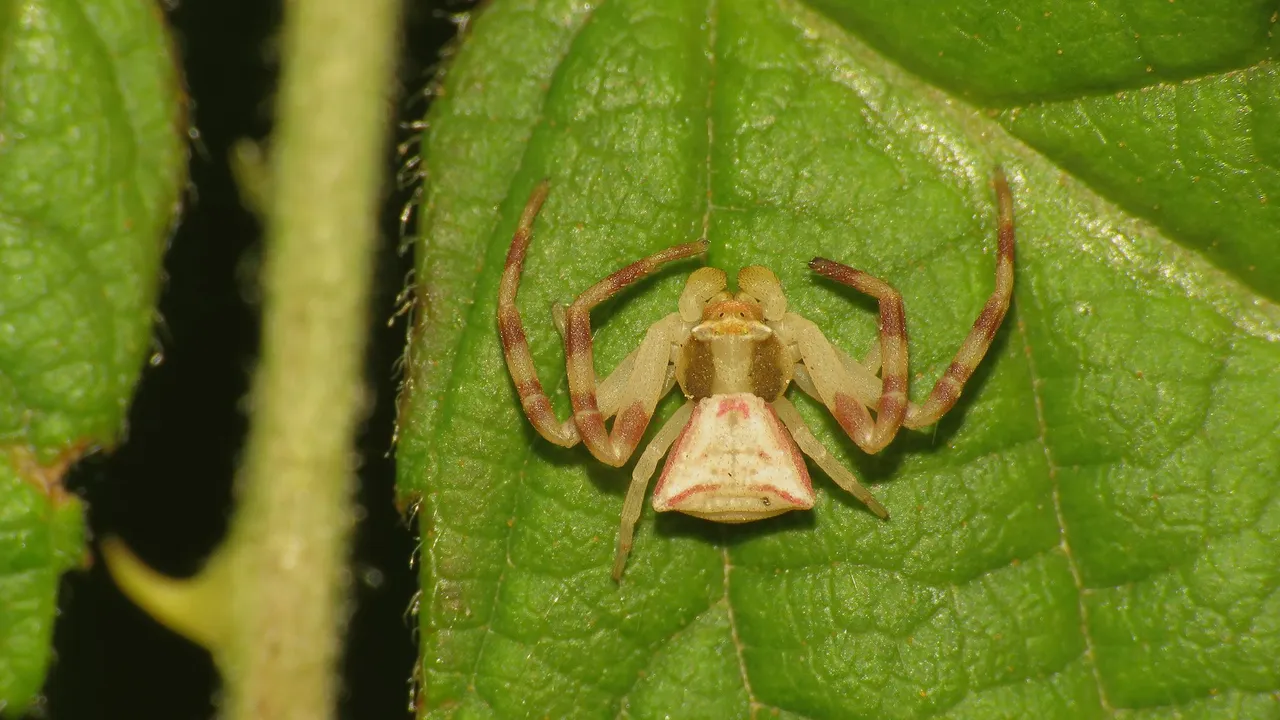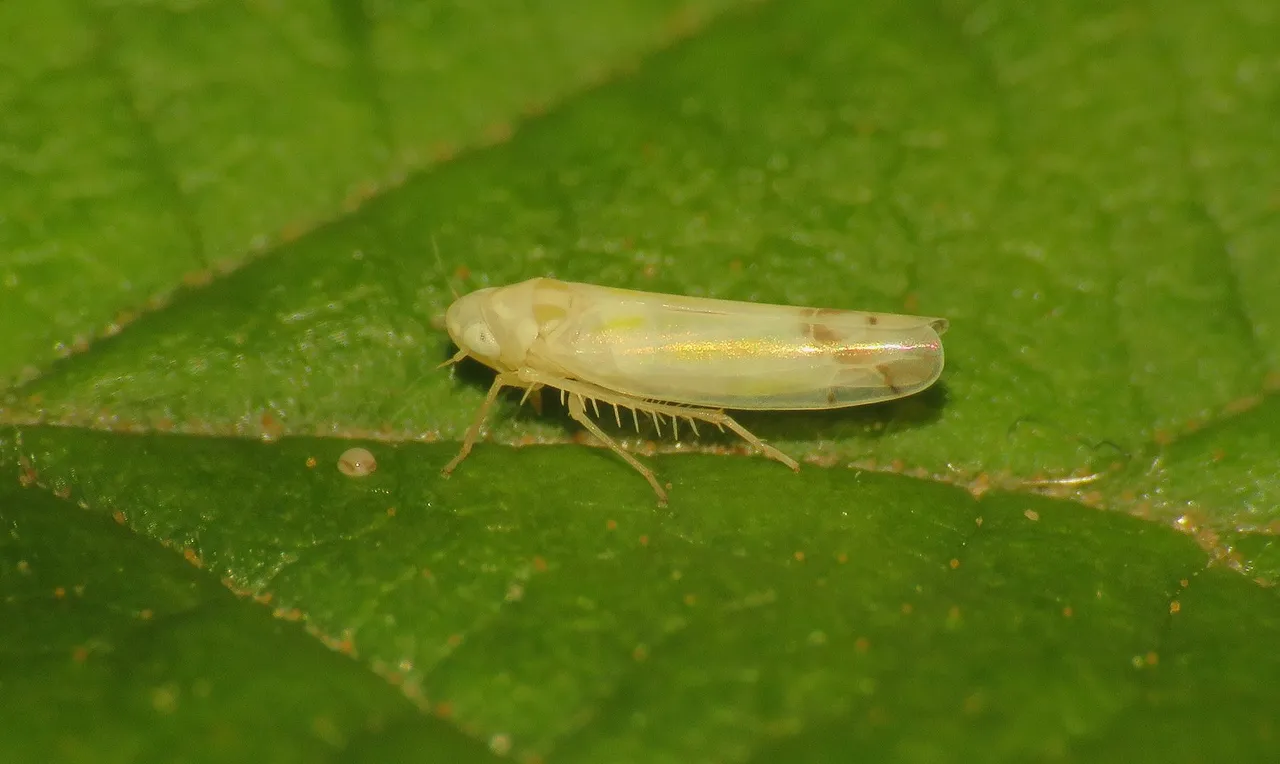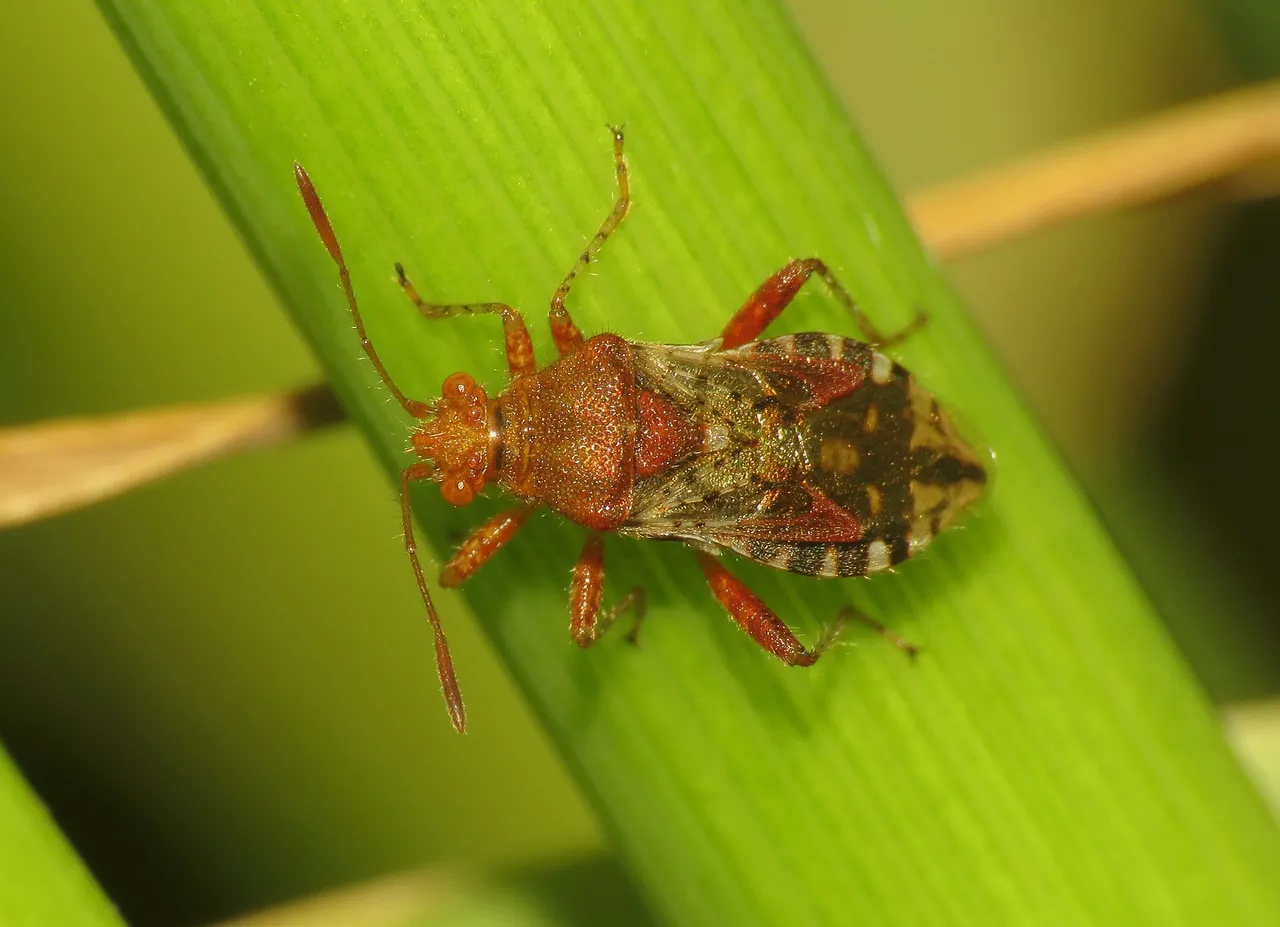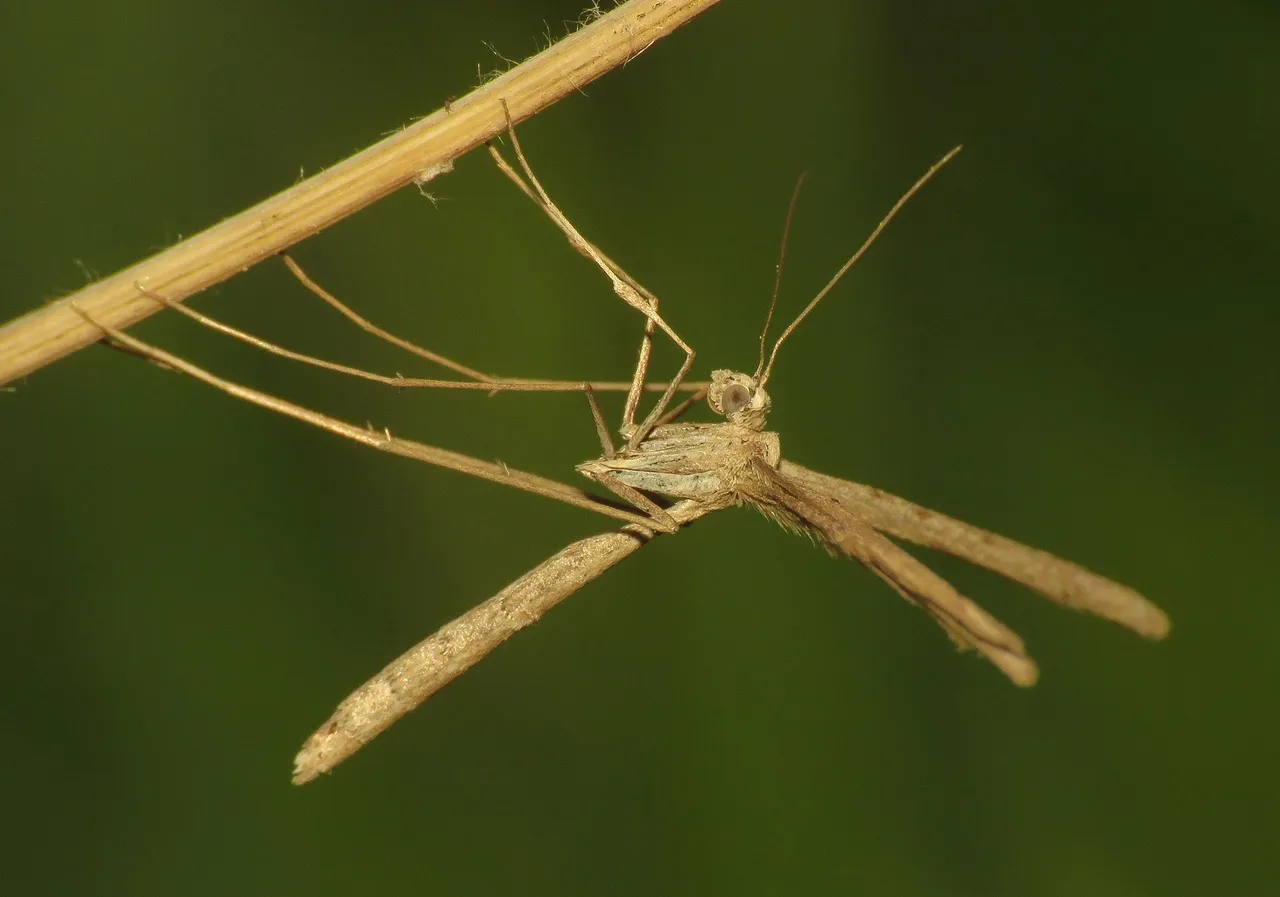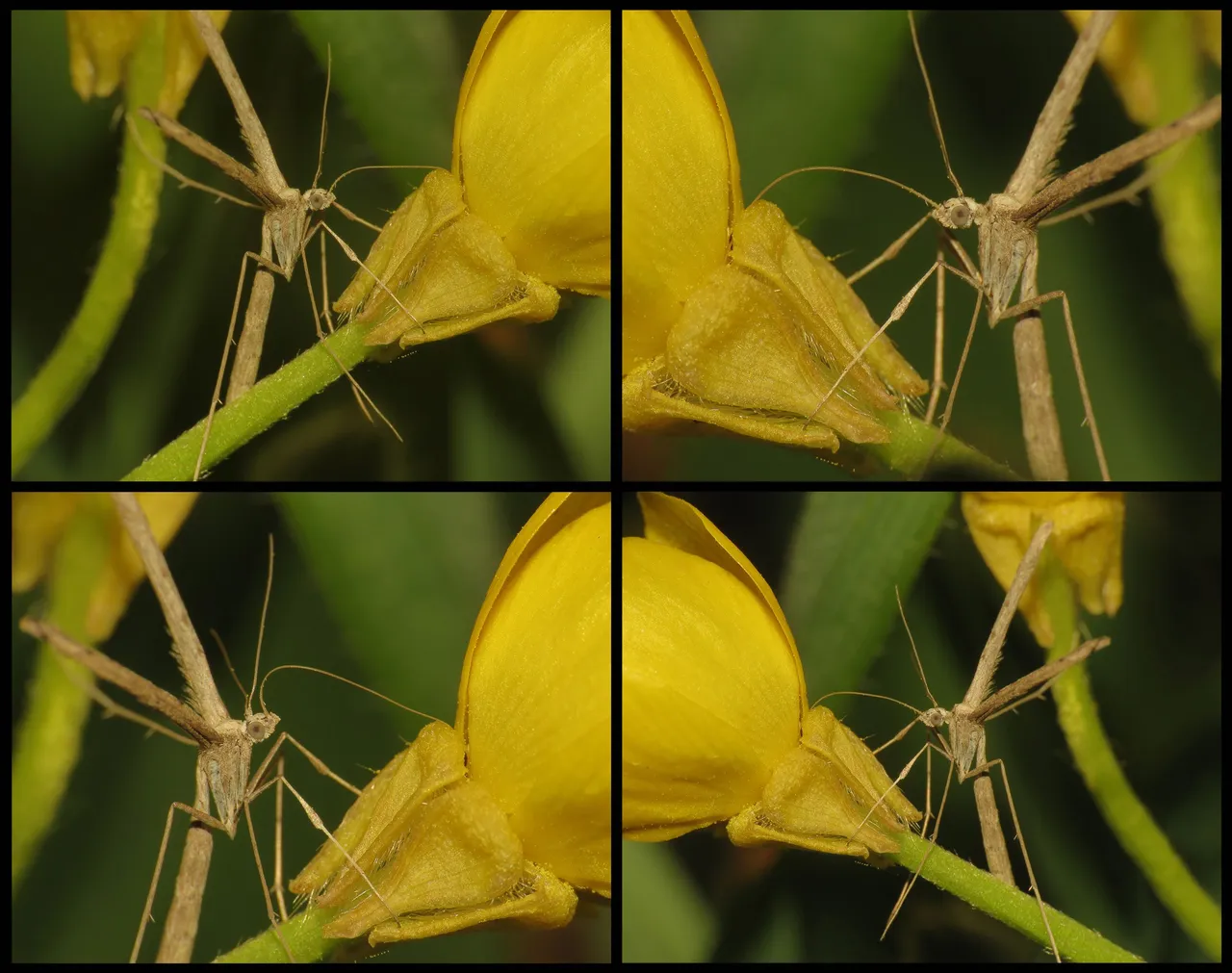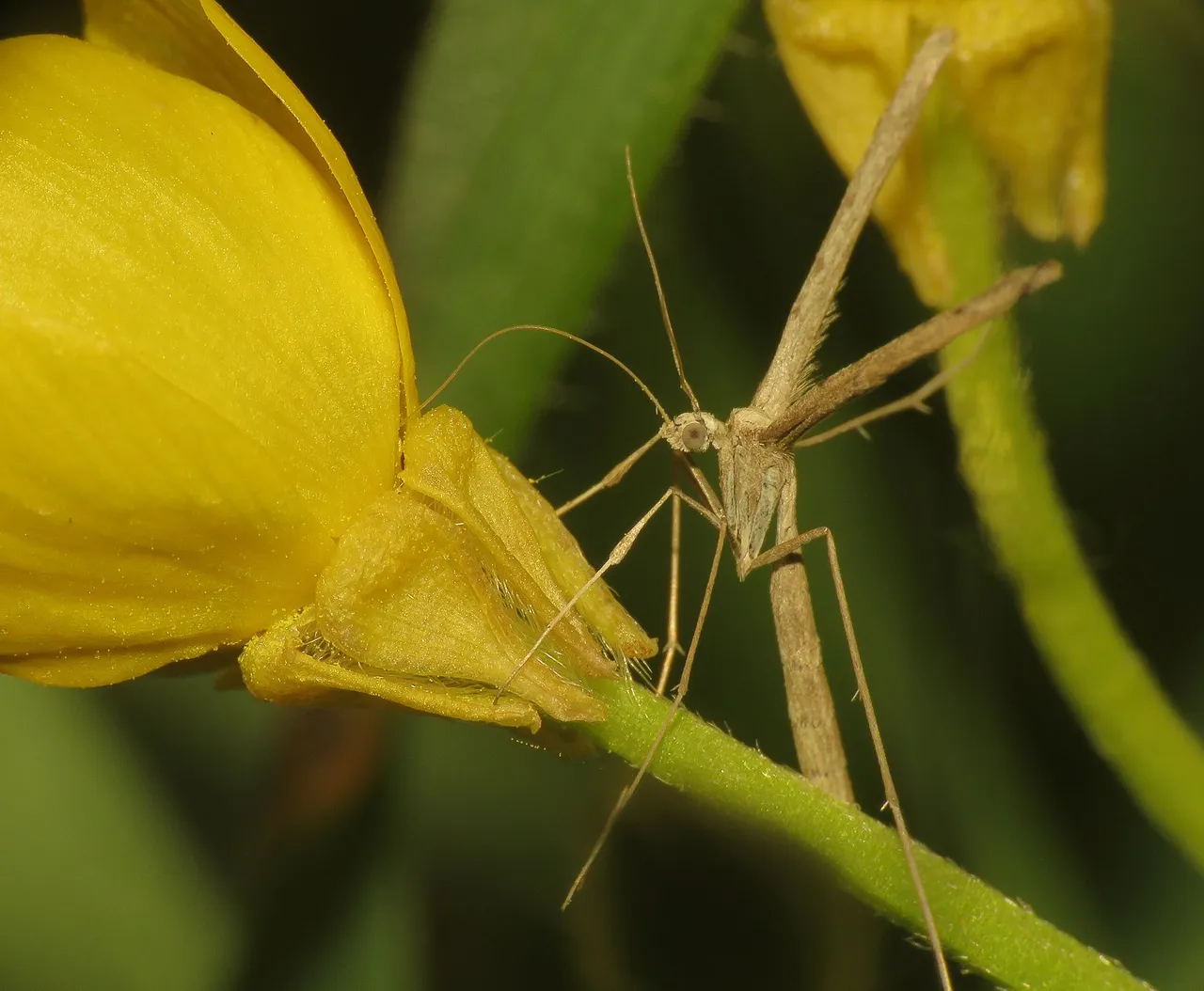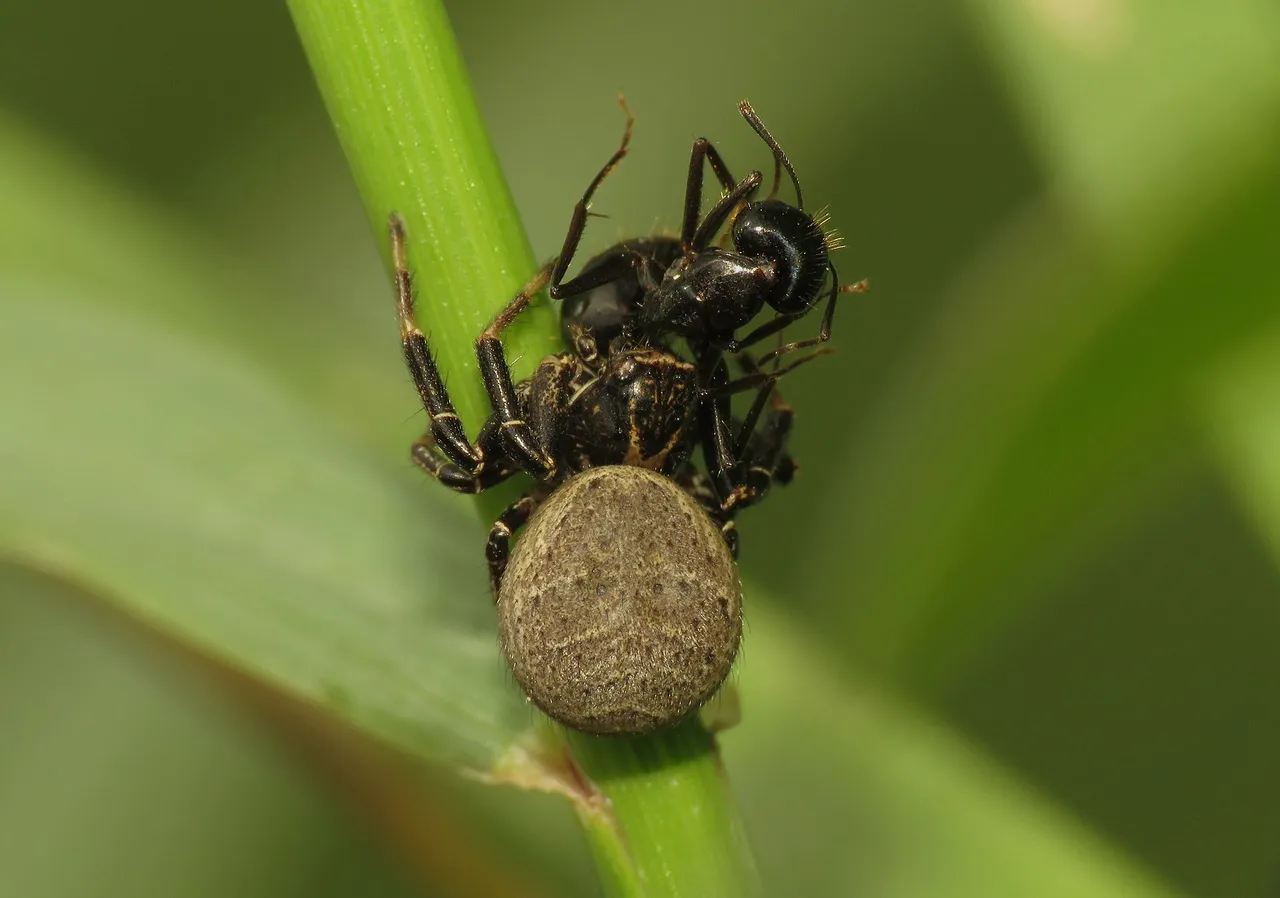I was walking through the tall grass of the coastal meadows about 7 kilometers from where I live ...
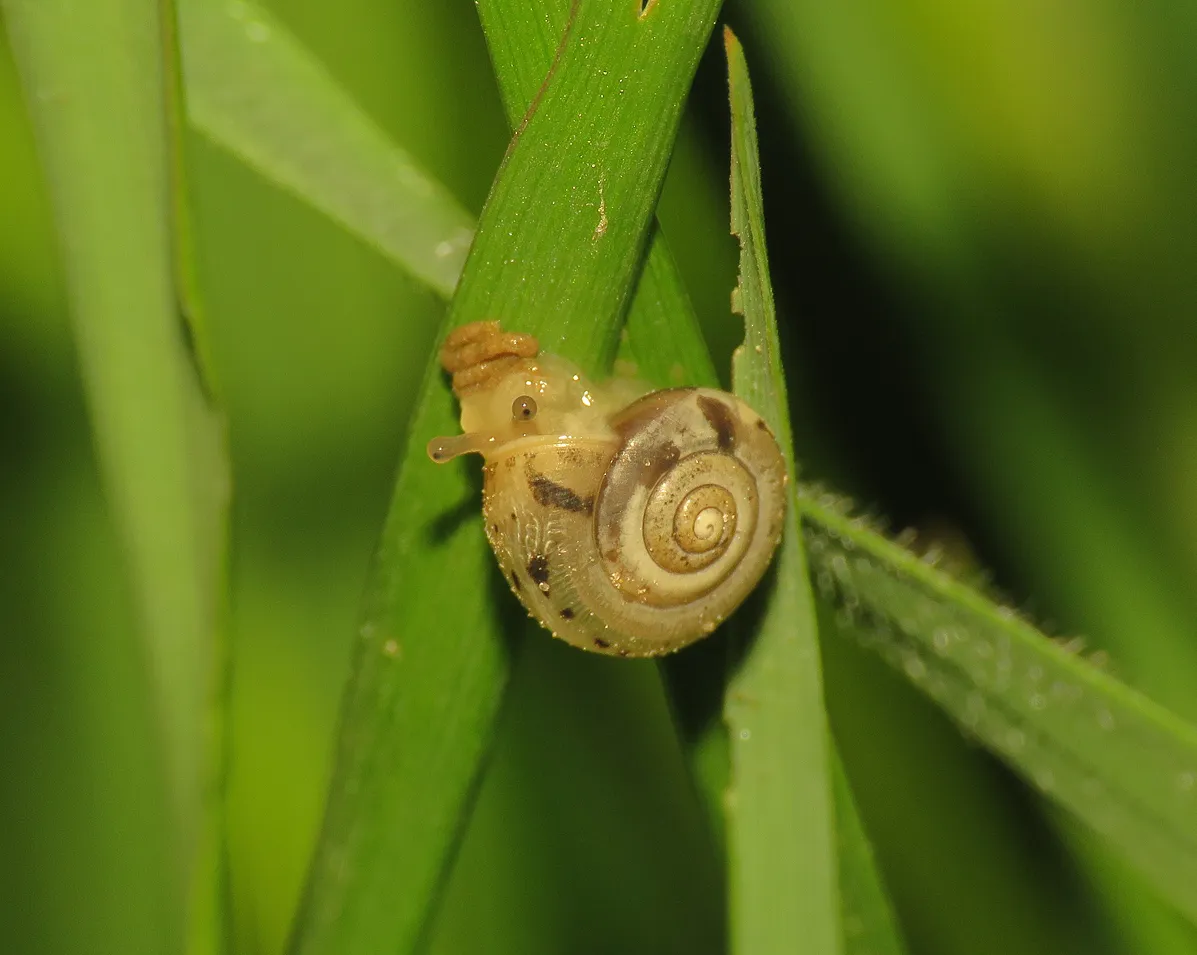
... it was just half past noon when I saw this small snail ... that was getting out of its shell ...
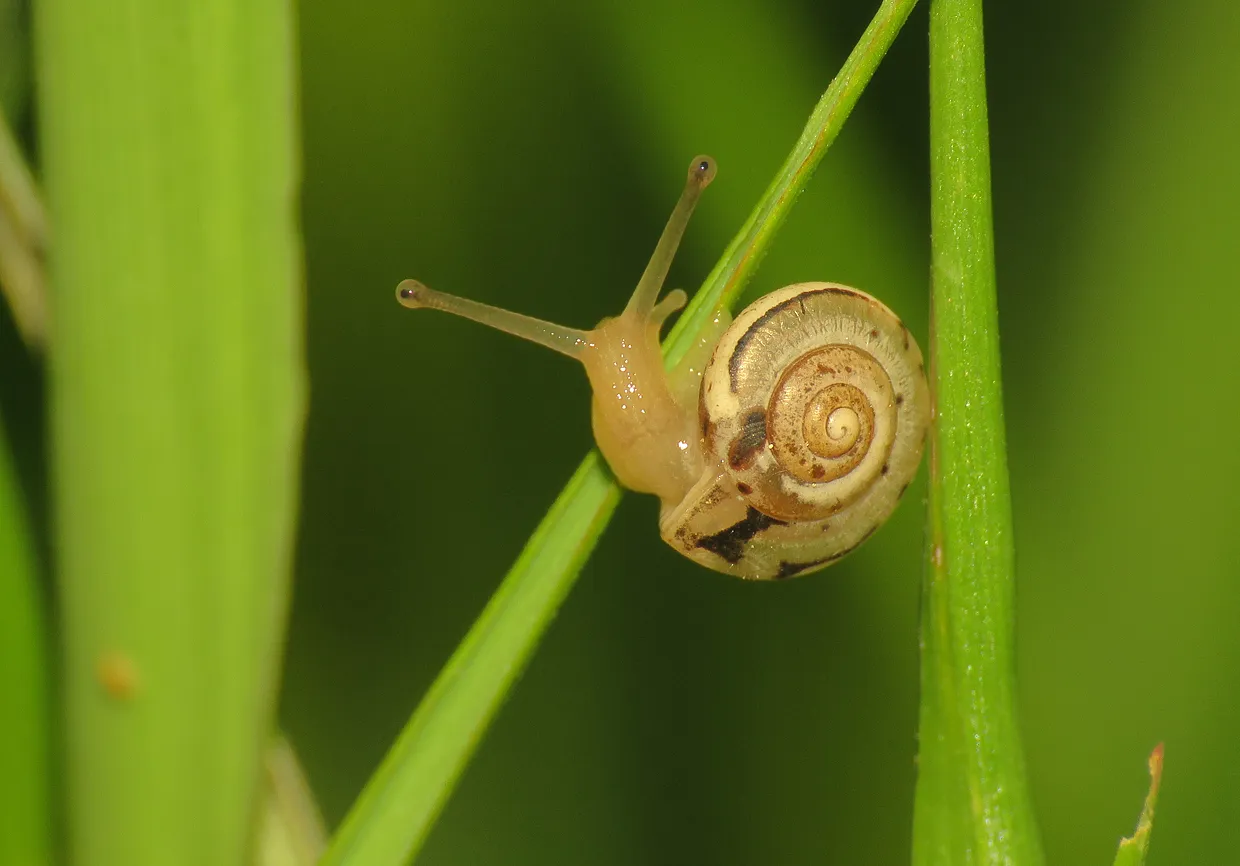
... very near, on the leaf of the neighboring Wall barley (Hordeum murinum) plant ... I noticed another snail of the same size ... this one was completely out of its little spiral house and ready for action ...
... a few steps further, high on the top of the same kind of grass I saw two small snails ... that formed a hanging "snail tower" at one point.
These are the Hygromia cinctella snails, a species native to the Mediterranean region that can endure very low winter temperatures, so has been spread around the Central and Northern Europe, introduced with cultivated plants.
The Hygromia cinctella sometimes congregate in big numbers on these meadows, but this time I saw only a group of 20 - 30 in the tall grass.
The most unusual aspect of this encounter is the time of the day. The temperatures around noon, now in spring, are pretty high and the sun is uncomfortably strong for snails ... but today ...
... the sky was overcast with a thick layer of clouds and the humid southern wind was blowing. This kind of weather almost always brings at least a few drops of rain, and activates the snails. Hehe, as you can see on this triptych, I also encountered my HIVE and real life friend @denisdenis. He took a few photographs as well, then walked to his car and drove away.
On these photographs you can see that the small road that leads along the coastline is bordered by vast meadows on one side and on the other side, the side of the sea, some shrubs formed a green wall between the road and the coastal rocks.
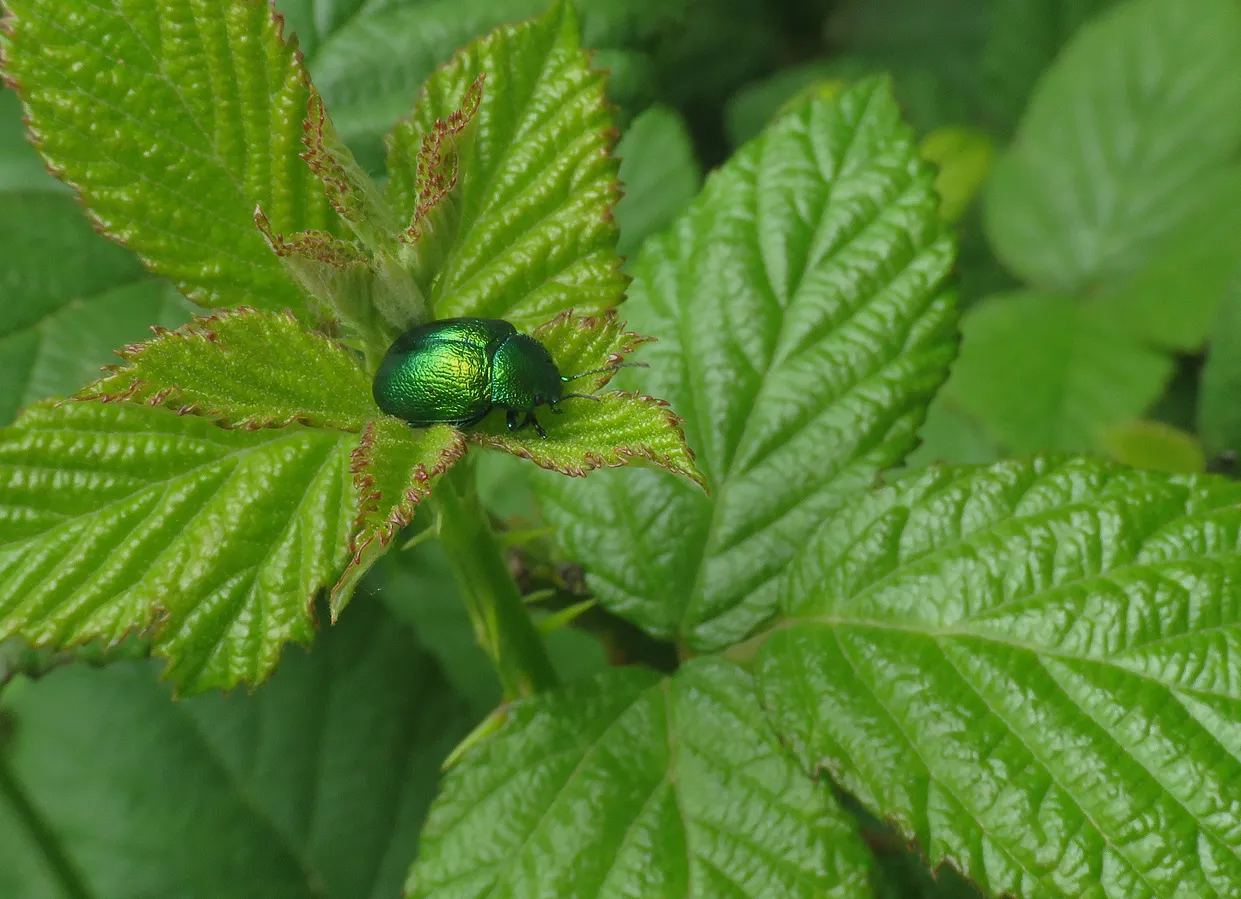
These are the blackberry (Rubus fruticosus) shrubs ... and here I found quite a few interesting small arthropods ...
... this lovely green jewel resting on the fresh young leaves is the Mint leaf beetle (Chrysolina herbacea). This weather is great for photographing shiny, glittering insects, because only the subdued, dispersed light can show the many shades of color without creating the too bright reflections that can easily ruin the picture.
On this enlargeable photograph you can see the Philodromus rufus spider ...
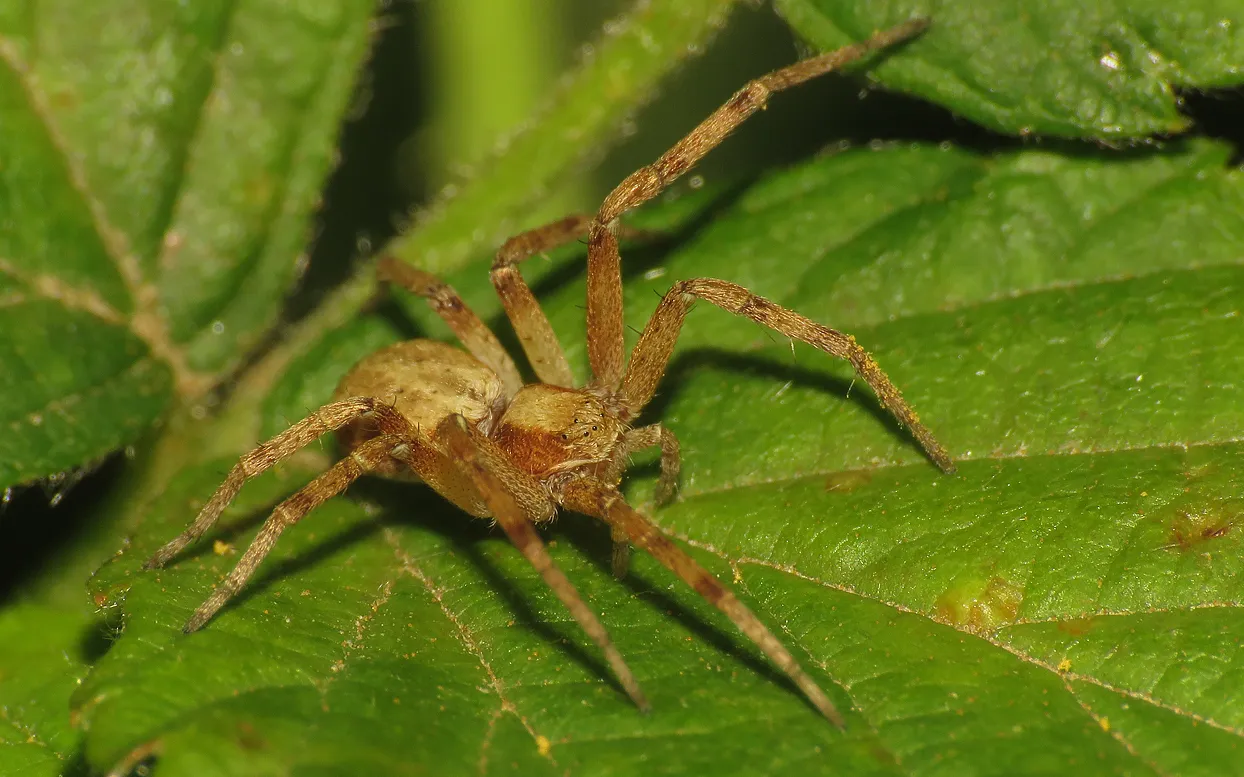
... a species from the Philodromidae family, commonly known as Running Crab Spiders.
Here you can see a Typical Crab Spider (Thomisidae family) species, the Thomisus onustus. There is a great variety of colors and markings inside this species, Thomisus onustus spiders often and quite confusingly look like members of disparate species. The pale spider on this photograph is nicely decorated with reddish and pink markings ... later in the post you'll see a very different version of this species ... and now, on the following photograph ...
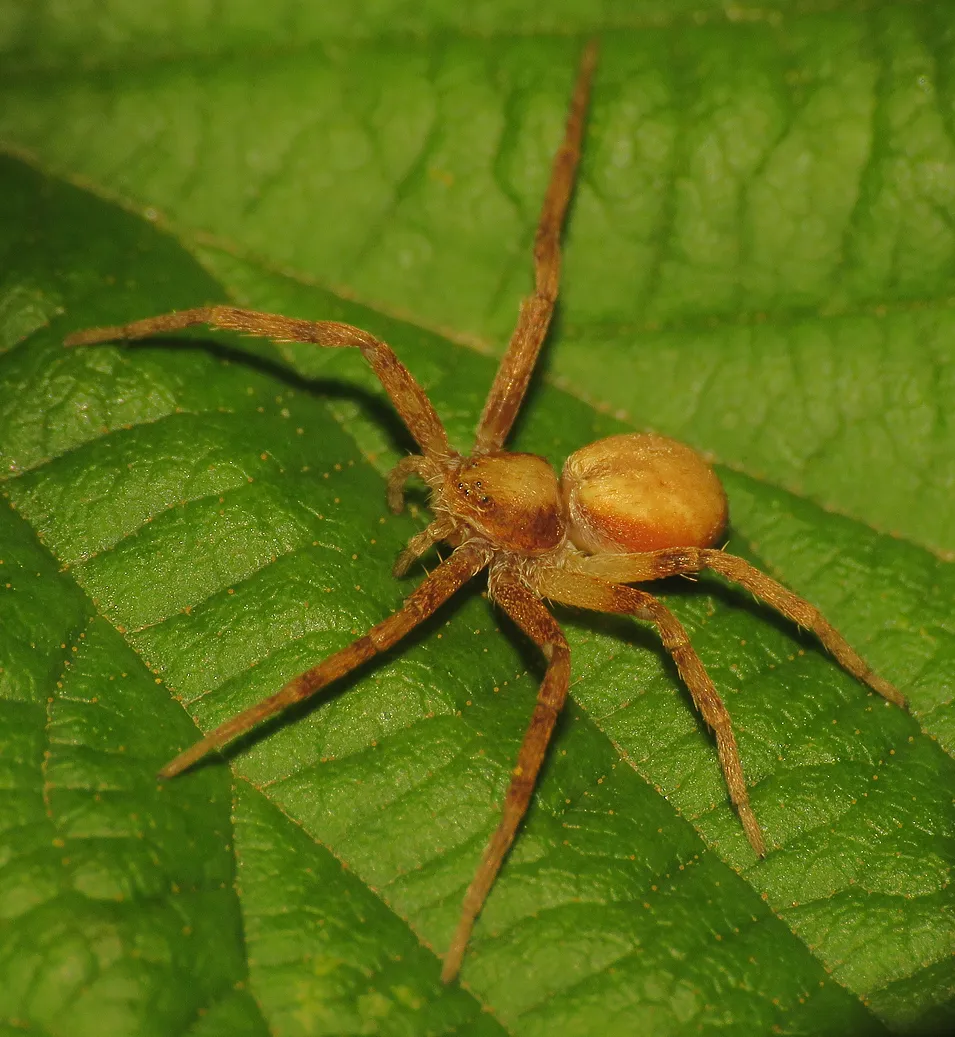
... you can see a more vivid version of the Philodromus rufus spider.
Also here, on the blackberry shrub, I found this minuscule leafhopper (Cicadellidae family), probably the Ribautiana debilis, but is hard to say exactly with quite a few similar looking species around. It caught my attention mostly because of its unusual pose, with hind, "jumping legs" spread.
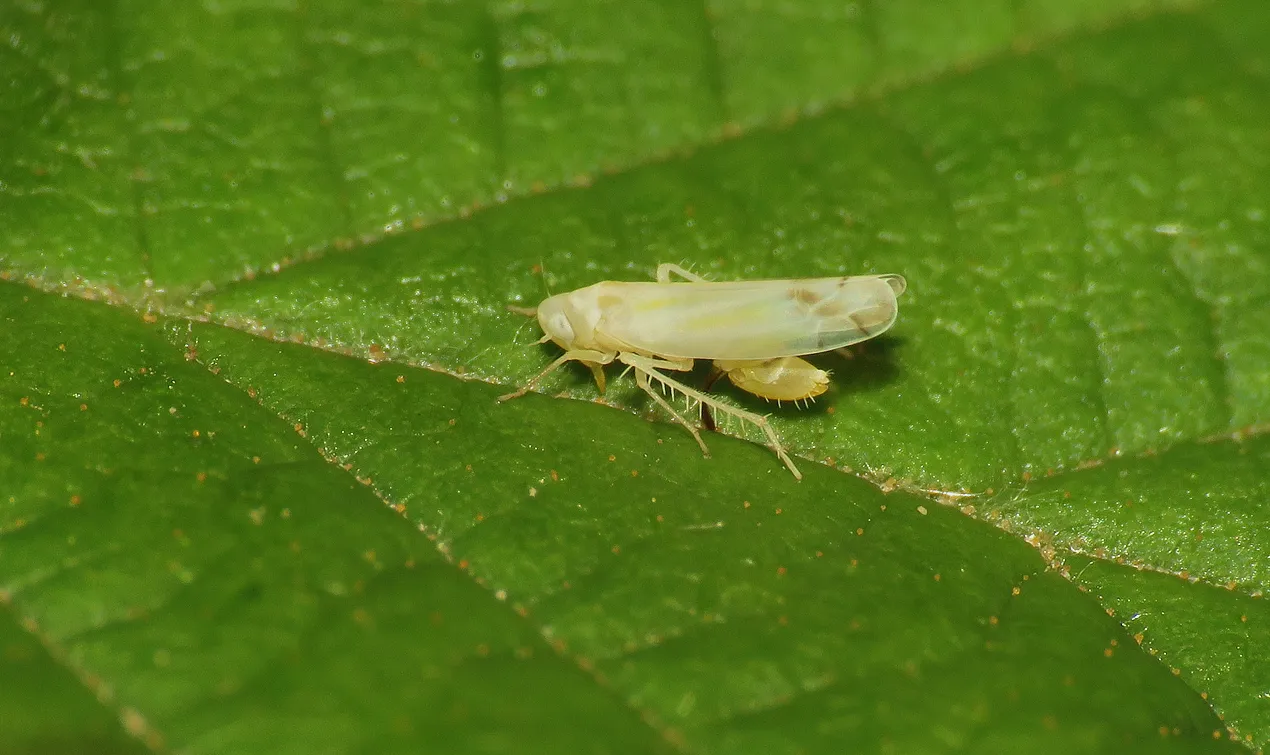
When I took a better look through the macro lens ...
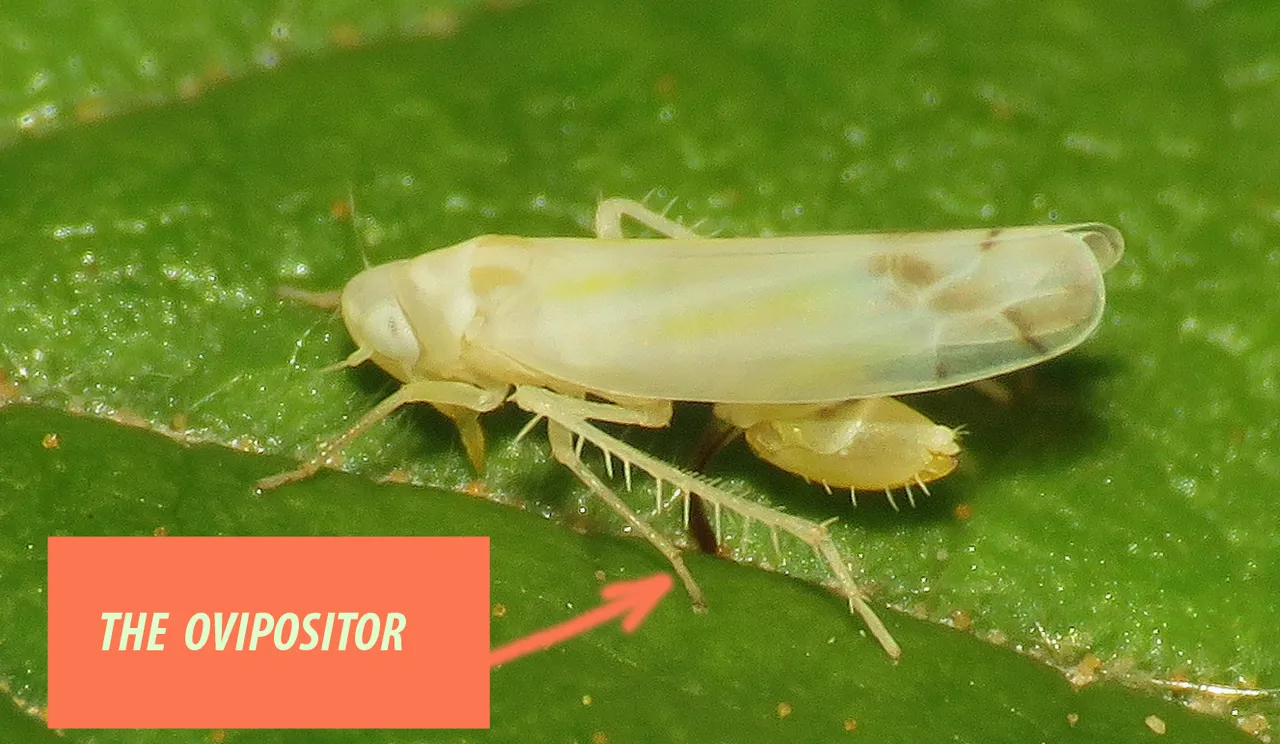
... I saw that this is a female, and that is busy depositing the eggs on the blackberry leaf.
When all the eggs were deposited, the leafhopper assumed the usual pose, ready to jump away if threatened. From the following photograph on ...
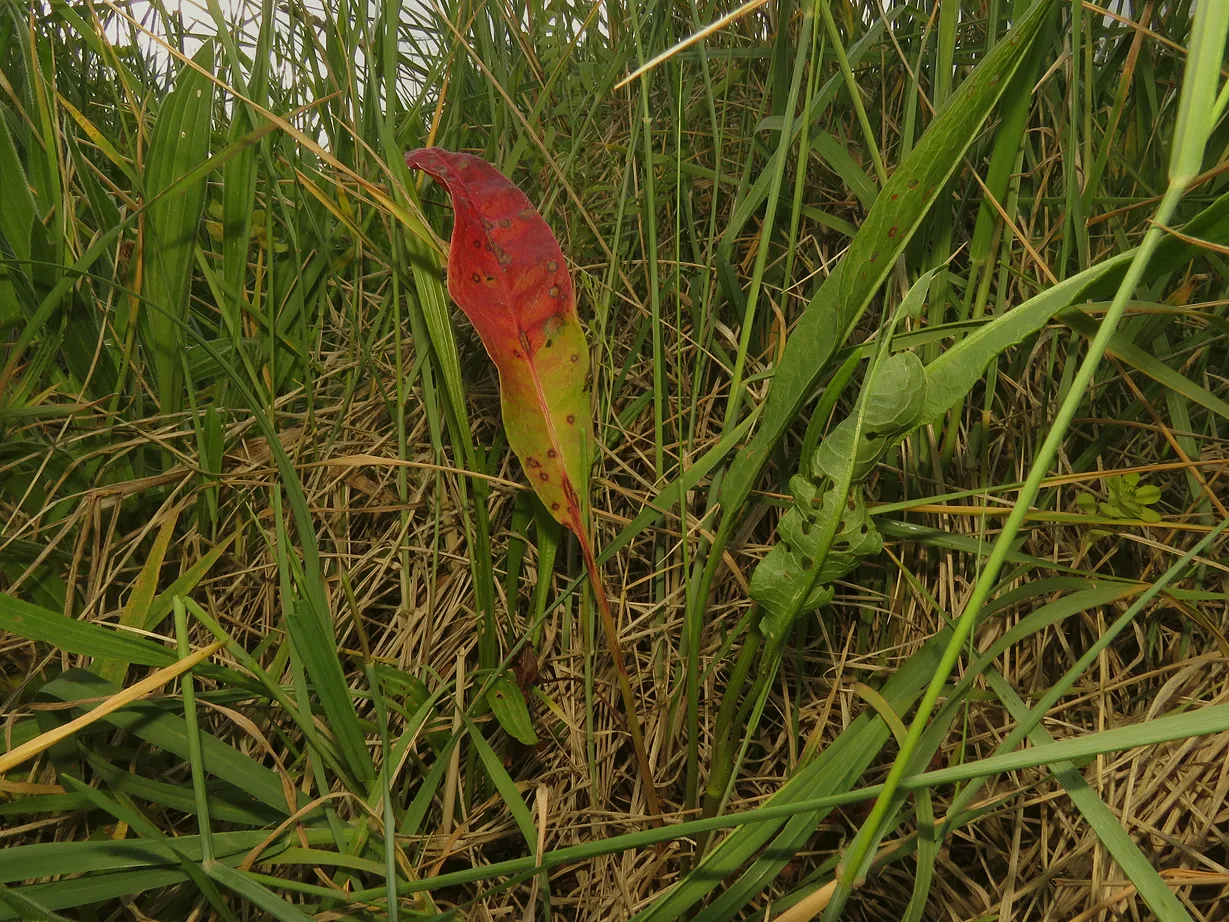
... the focus is on the other side of the small, dusty road. Here, surrounded by tall grass ...
... you can see the colorful leaf of the Curly dock (Rumex crispus) plant.
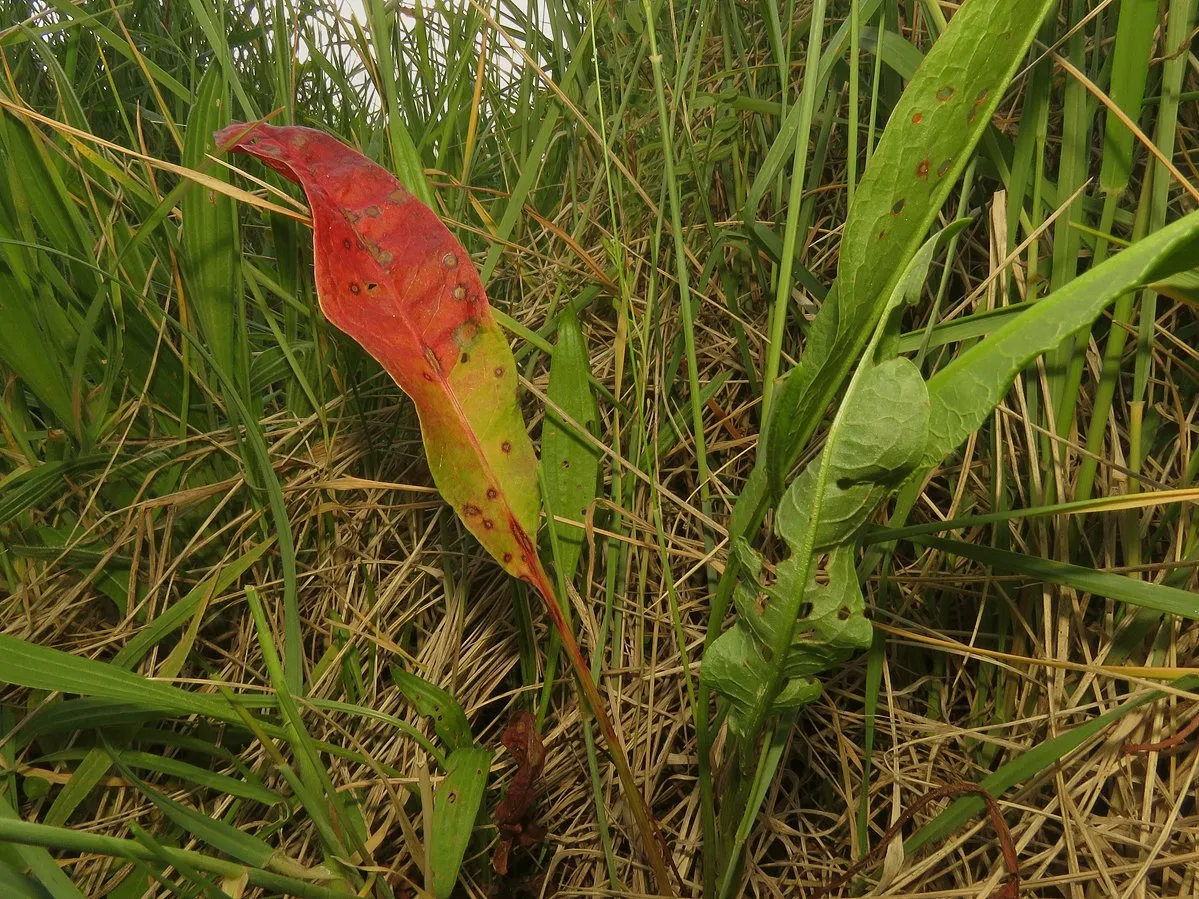
Leaves of this plant are normally green, of course ... you can see a few green ones on these photographs as well ... the vivid colors occur when the plant is stressed by sudden changes of temperature and humidity.

Here you can see the same kind of process on the Leontodon hispidus plant. The usually completely green leaf has a lovely yellow border ... on the following photograph ...
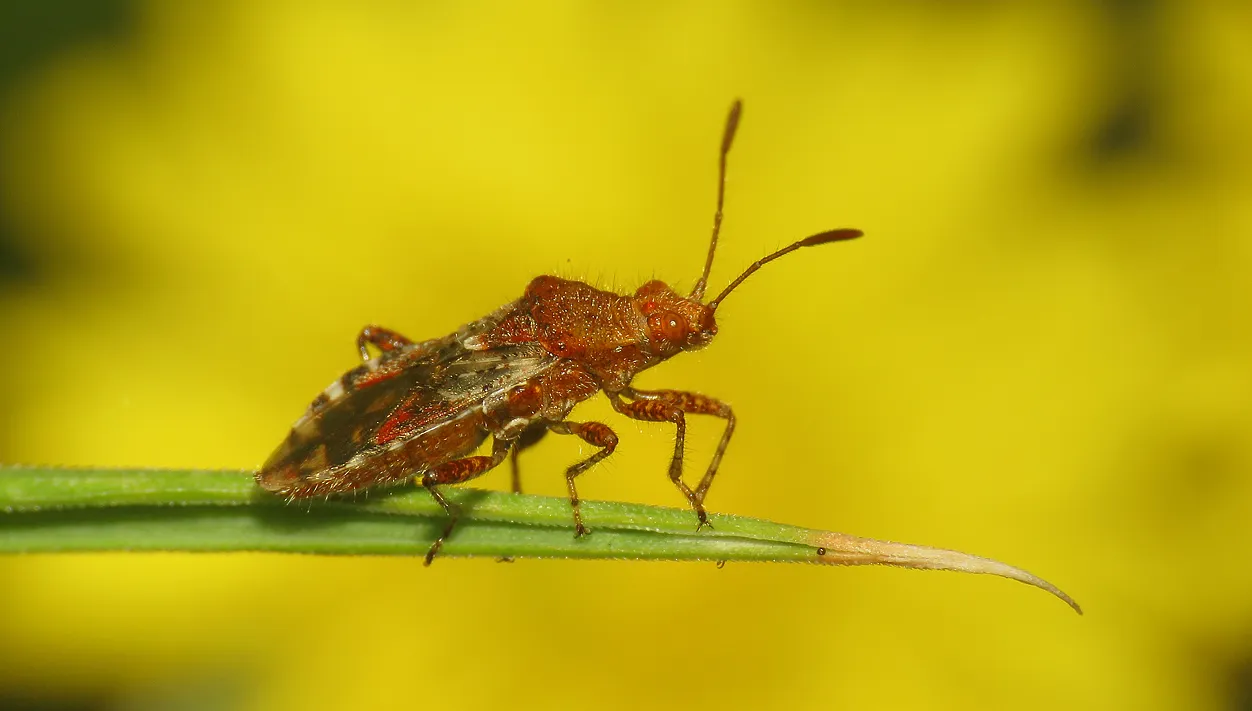
... you can take a look at the Rhopalus subrufus bug from the Rhopalidae family ... and the yellow Leontodon hispidus flower, blurred in the background.
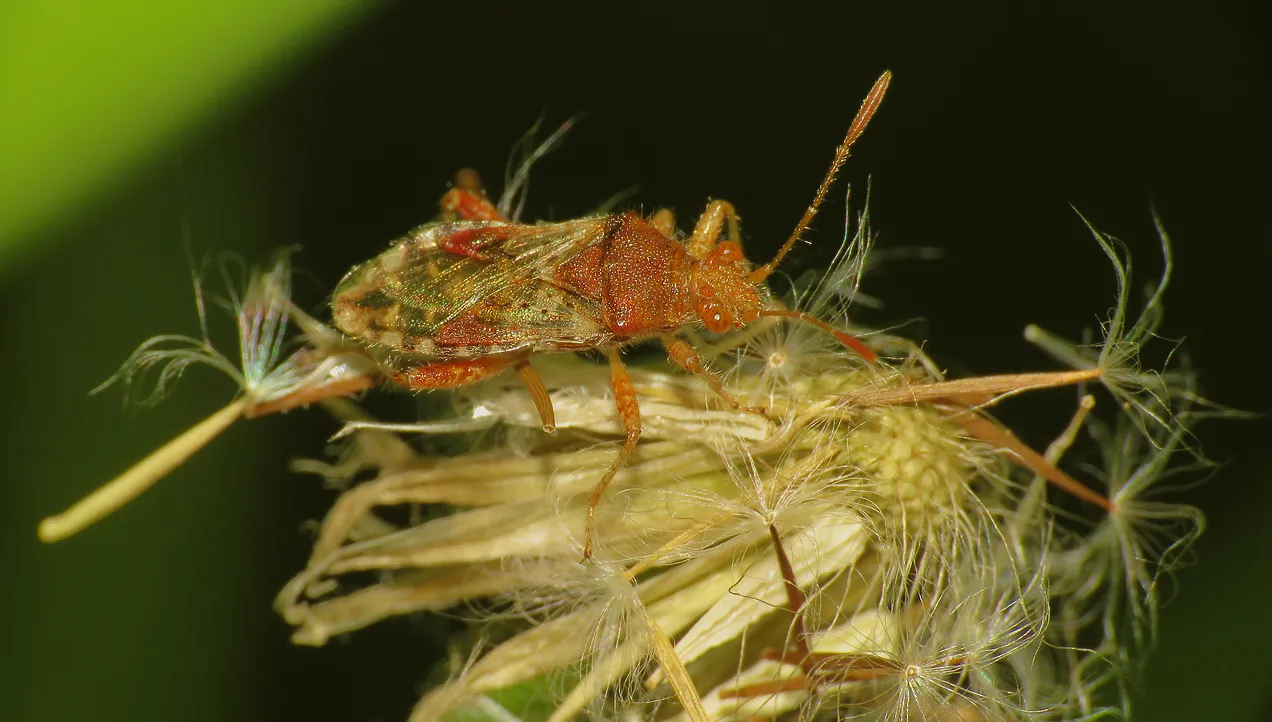
On this photograph, another of these bugs is photographed among the seeds of the same kind of plant.
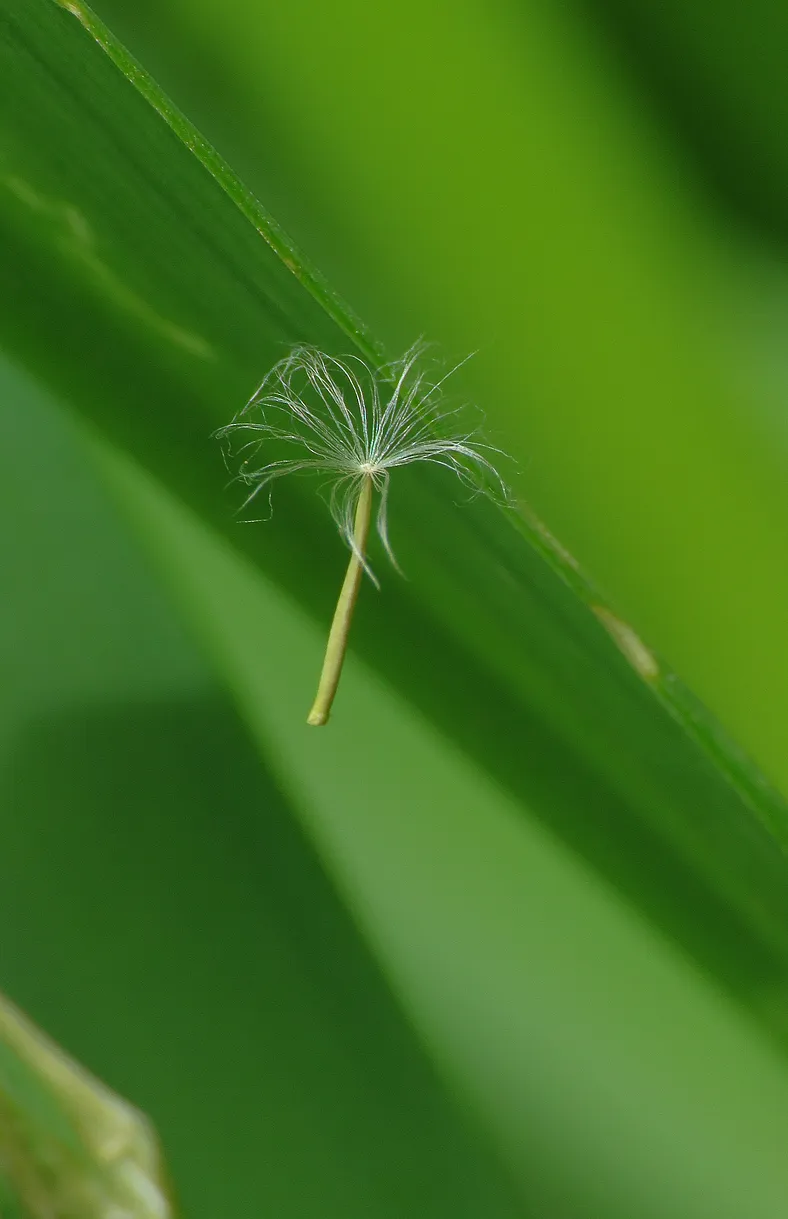
One seed, ended up attached to a nearby leaf of grass ...
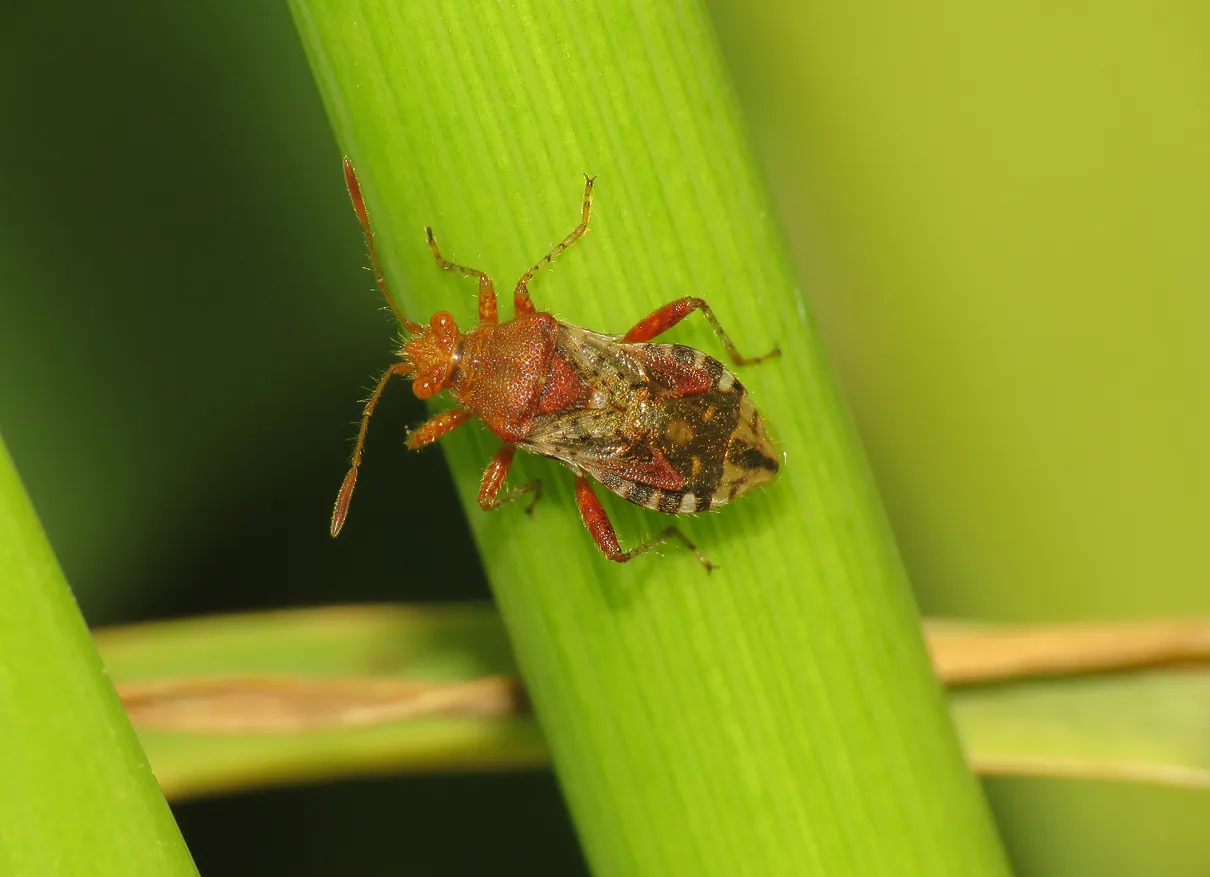
... and on the stem of the same grass, the wild oat (Avena fatua) ...
... I photographed yet another Rhopalus subrufus. These colorful bugs look very good on the vivid green surface of the juicy fresh grass.
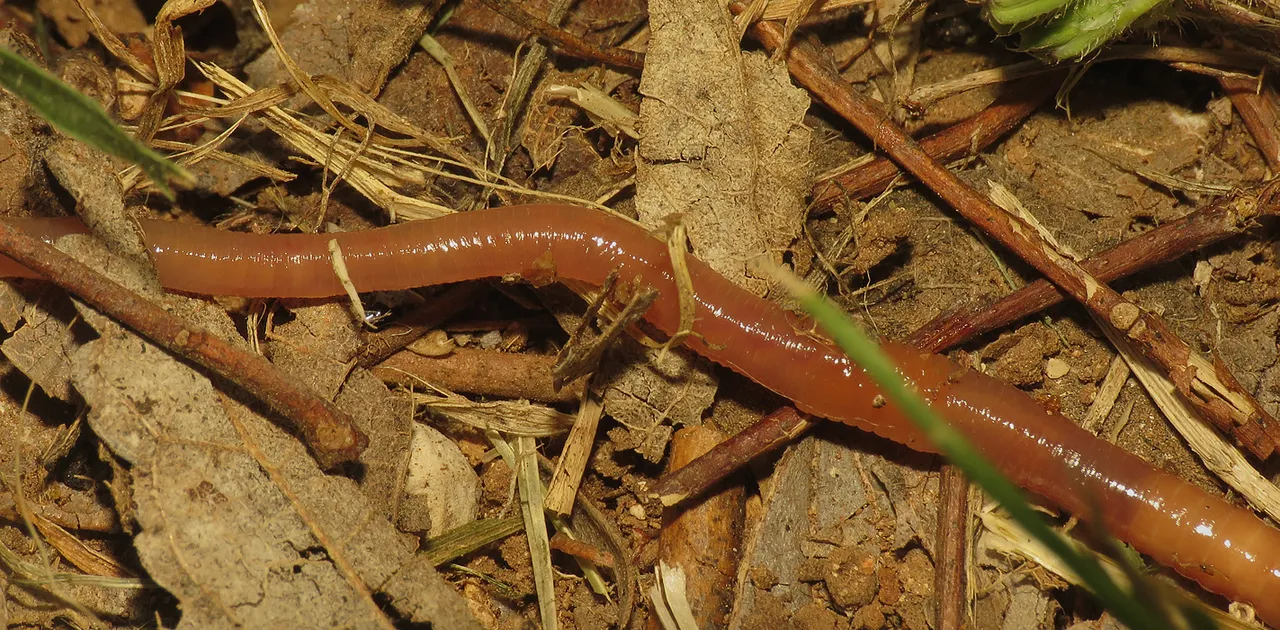
Down on the ground I caught a glimpse of an earth worm ...
... the worm was moving pretty fast, so I was able to take only two shots before he disappeared from sight.
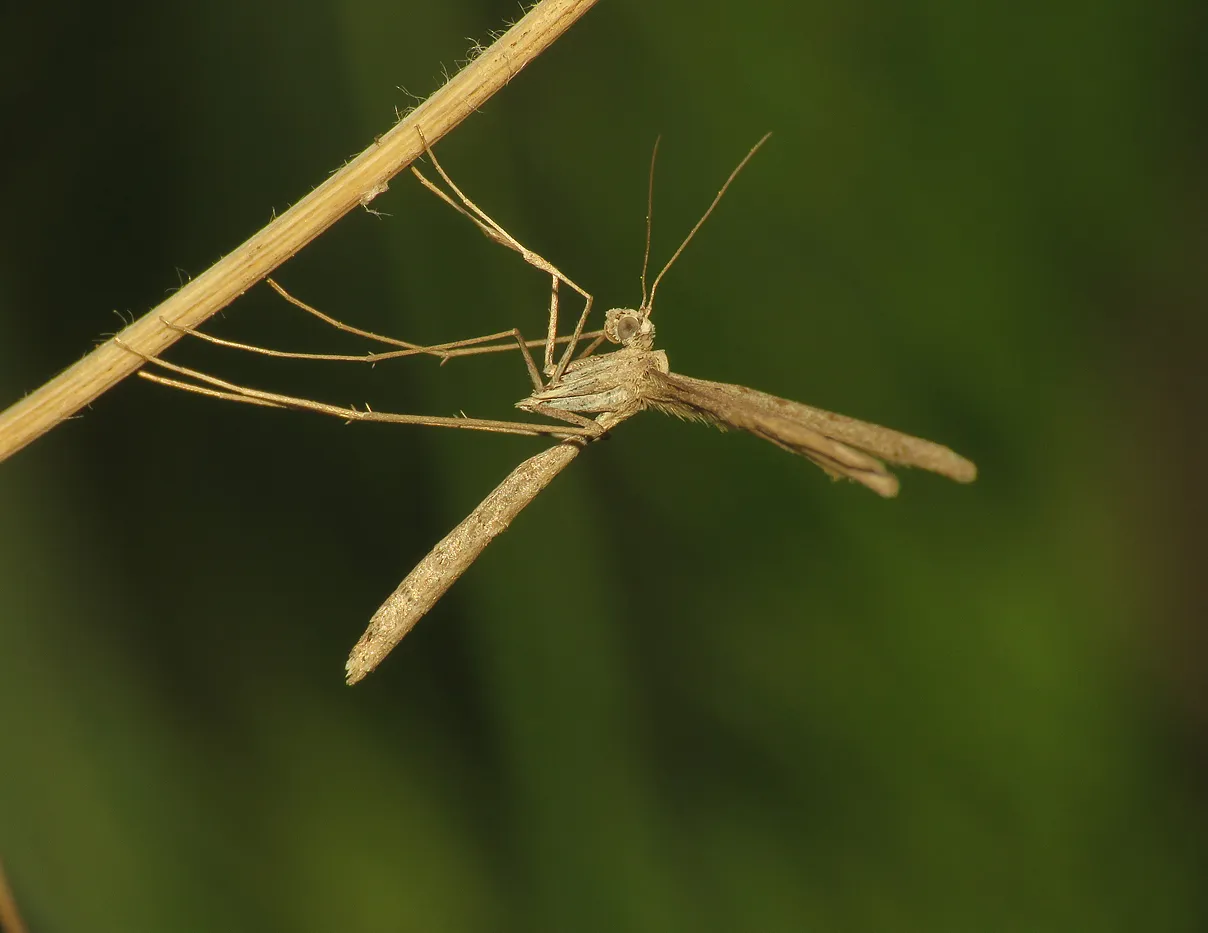
The Agdistis meridionalis, commonly known as the Sea-side plume moth ...
... was resting, camouflaged on some dried out plant ... after this photograph ...
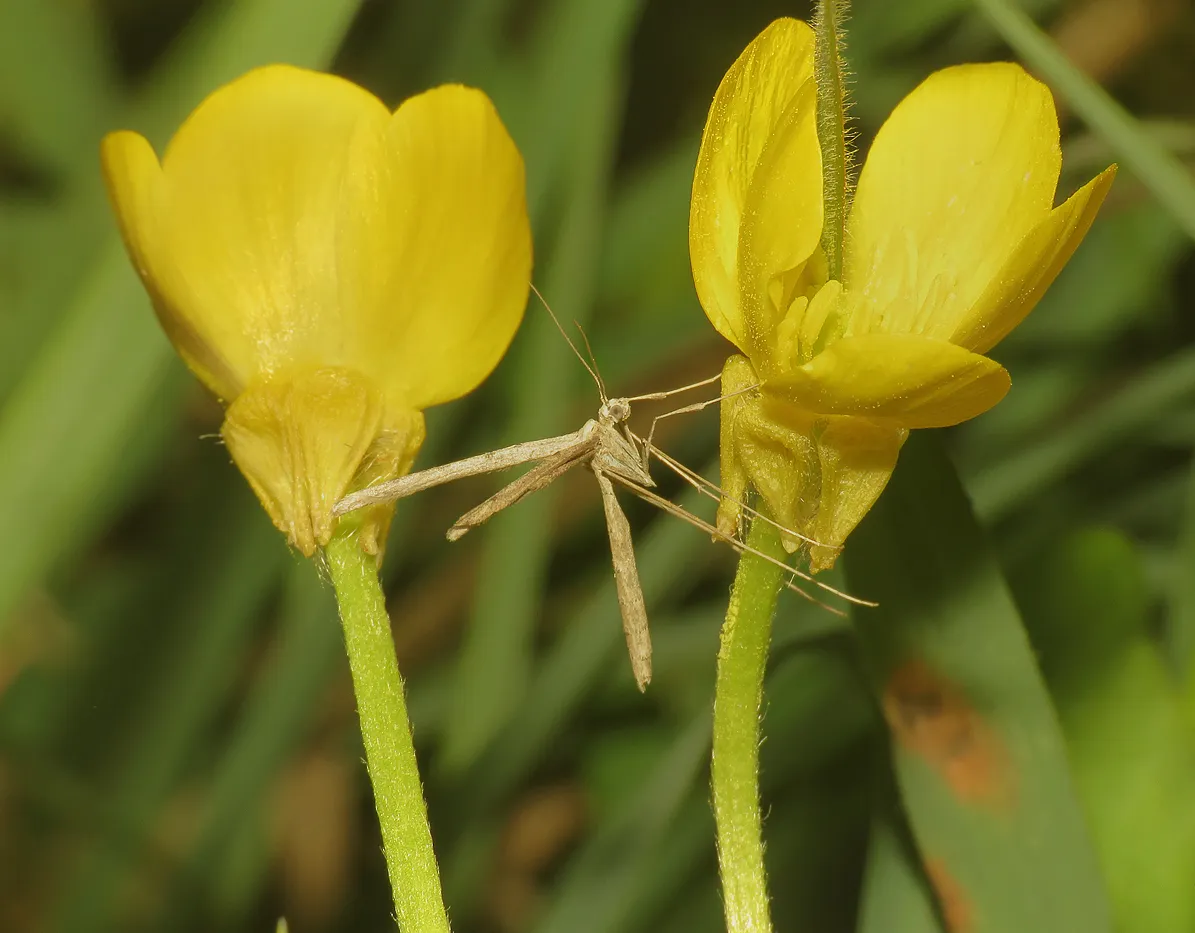
... the moth flew to a nearby flower ...
... and there, while standing on the stem underneath the yellow flower of the Ranunculus bulbosus plant ... the moth started feeding, sucking the nectar with the long, flexible proboscis ...
... through the narrow gap between the petals. That was the first time that I observed this style of nectar sucking.
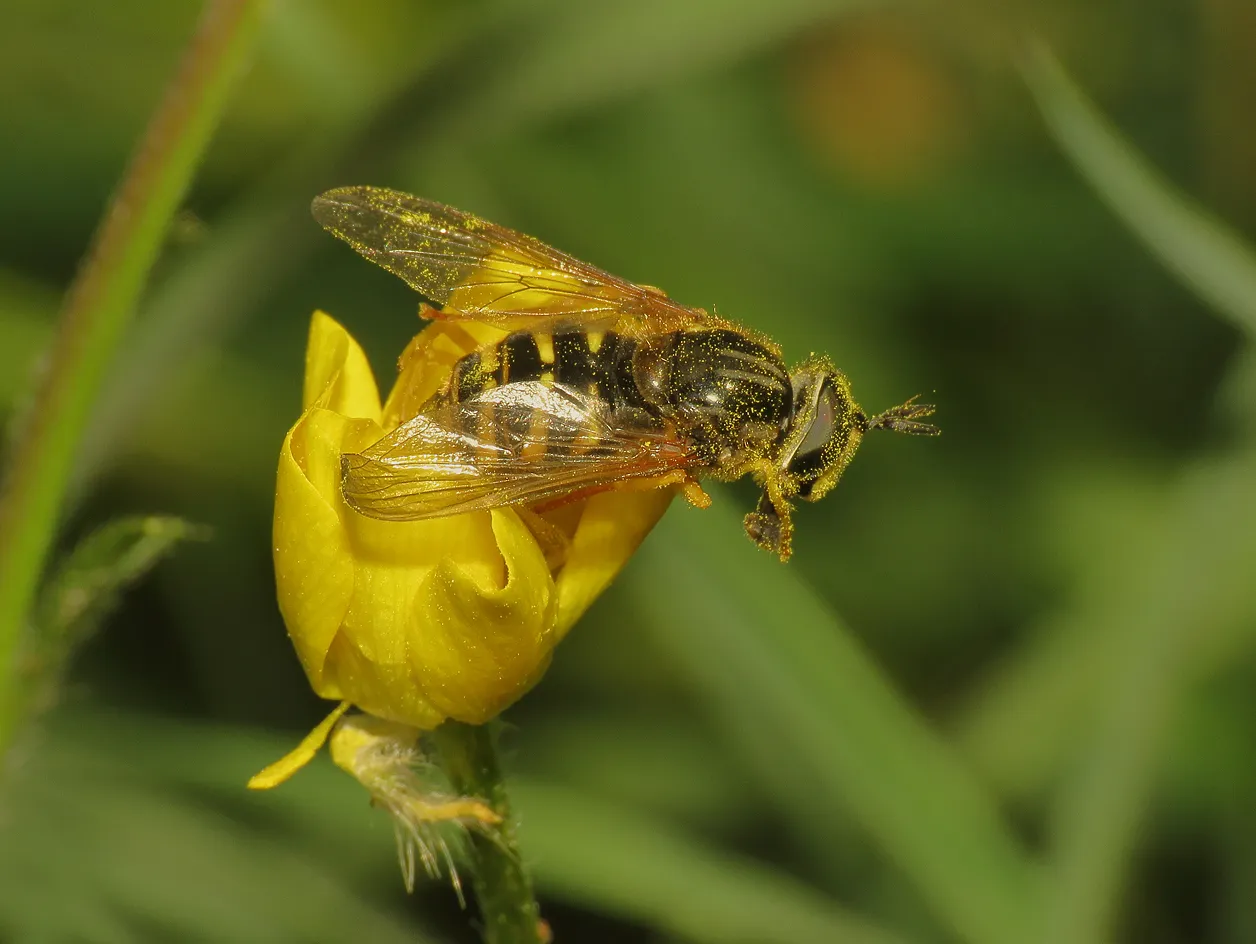
Not far from there I noticed the Chrysotoxum intermedium hoverfly on the same kind of flower, the Ranunculus bulbosus ...
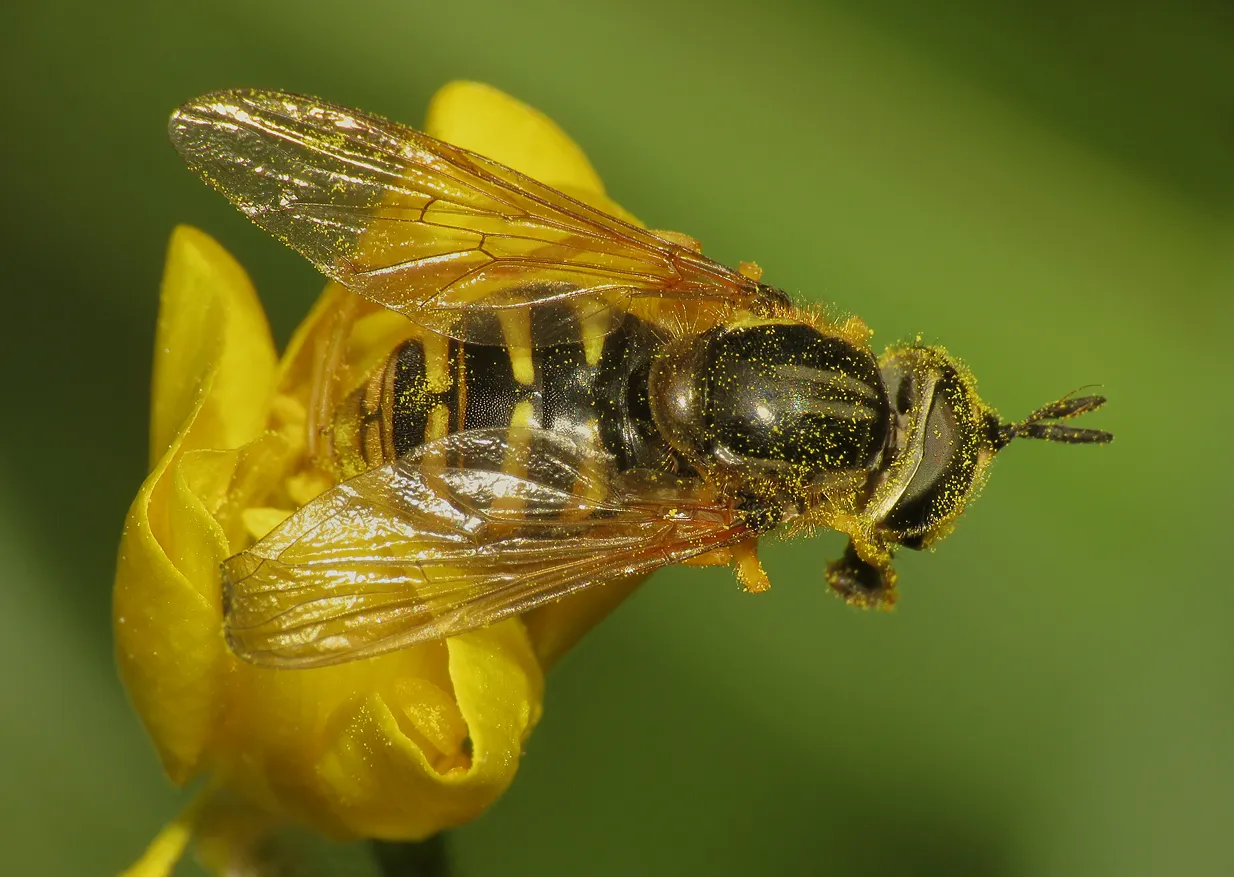
... I came closer, took a better look ... and something looked wrong in this scene, but I couldn't tell what from this angle ... so I approached the flower from the other side ... and then ...
... the camouflaged Thomisus onustus crab spider was revealed. This is the yellow version of the species you already saw in this post.
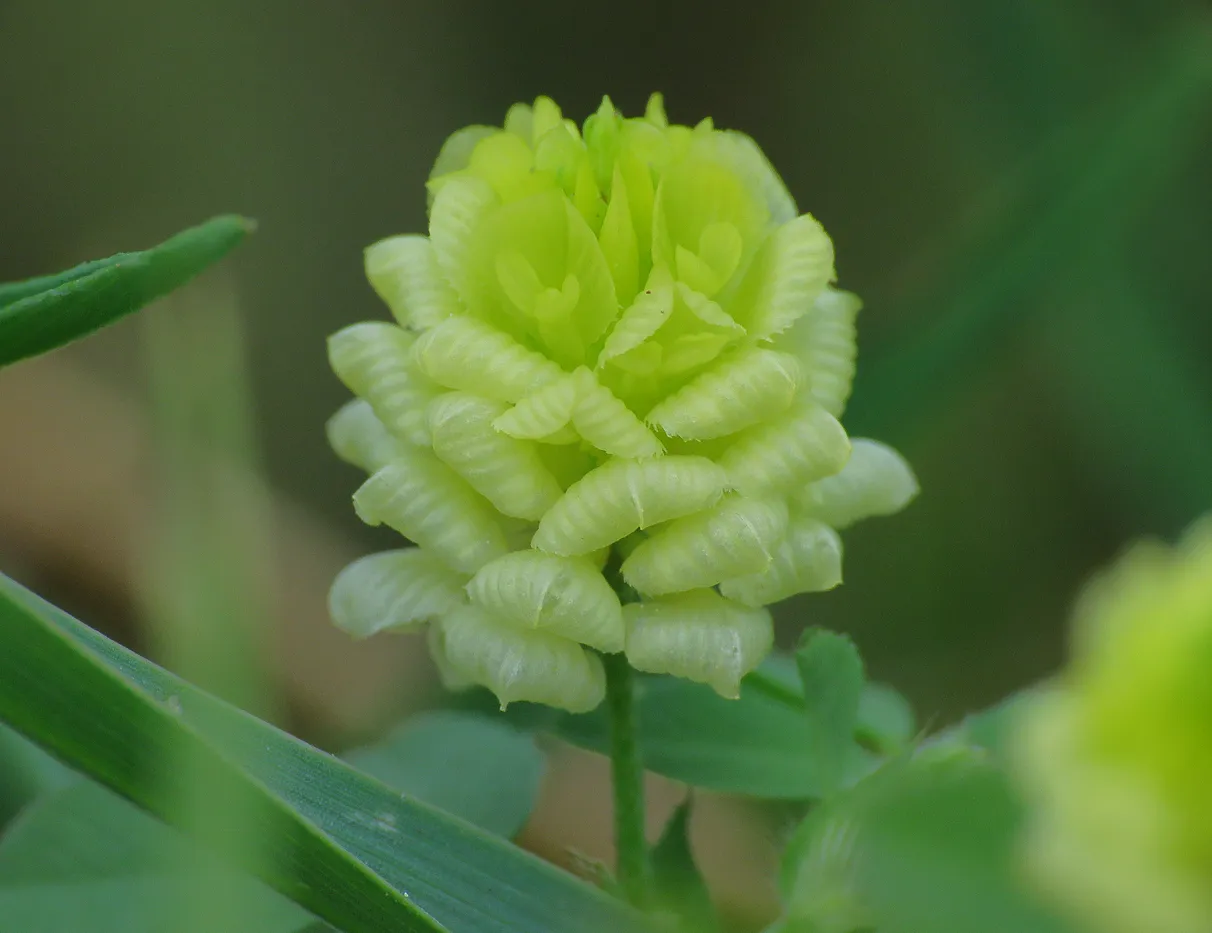
A bit later, in an area covered with mostly shorter grass, I stopped to photograph this lovely flower ...

... of the Trifolium campestre clover.
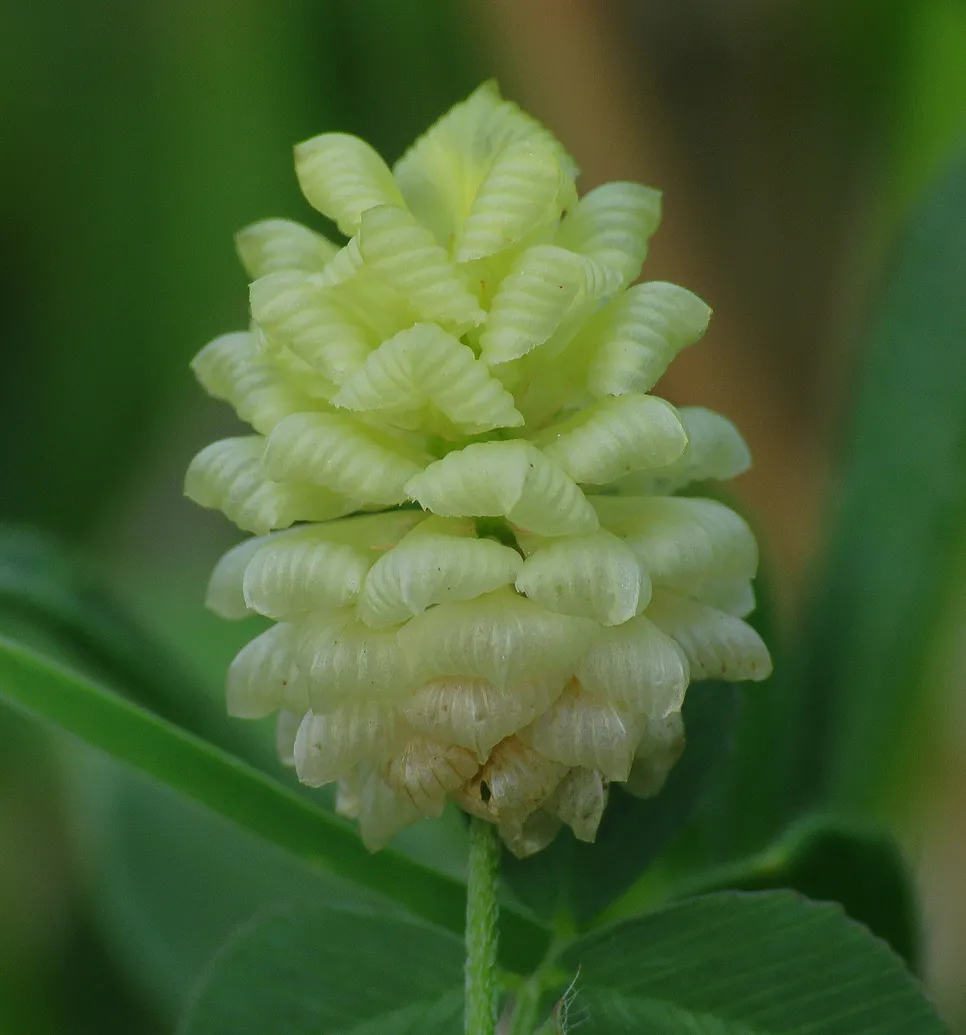
This herbaceous annual plant covers pretty large parchments of terrain near the sea ...
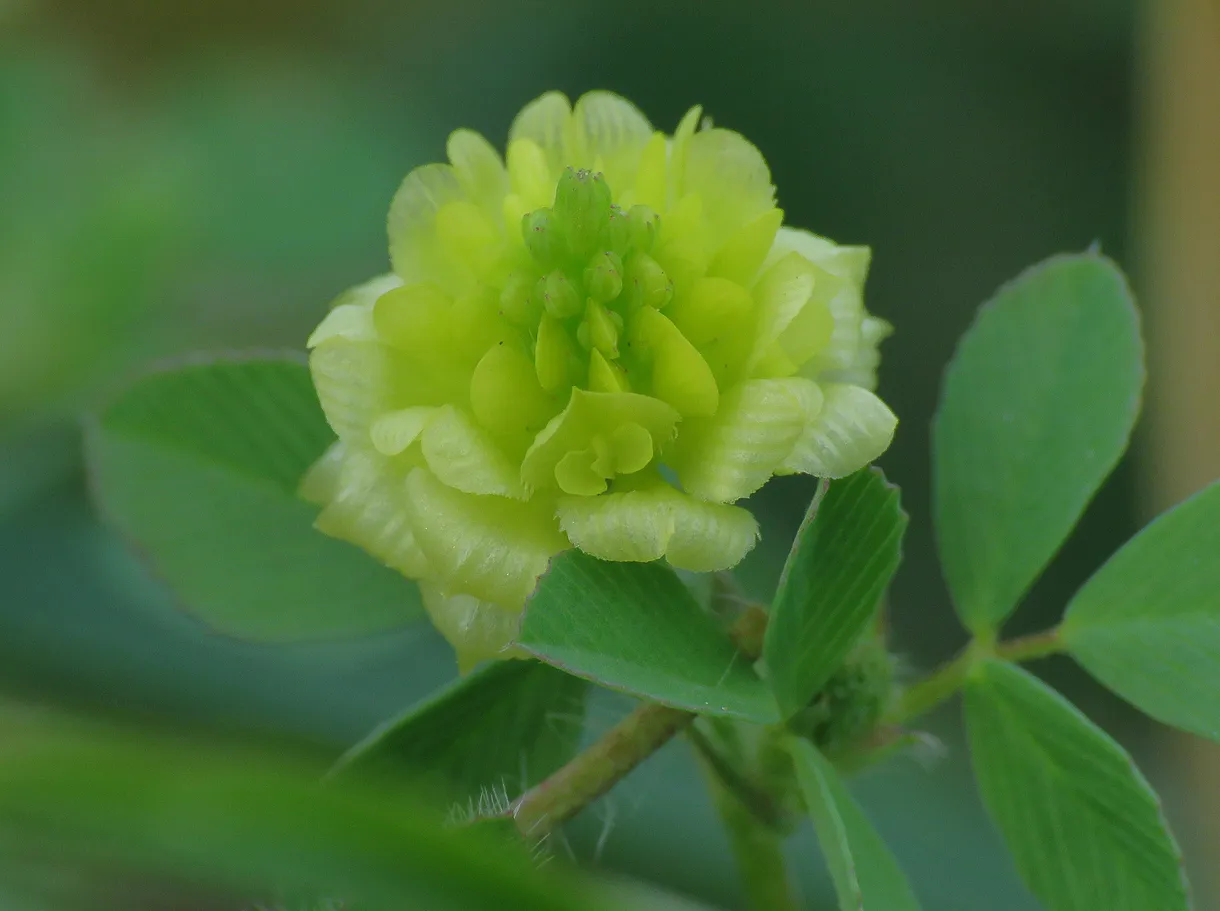
... and I like these fluffy little flowers very much.
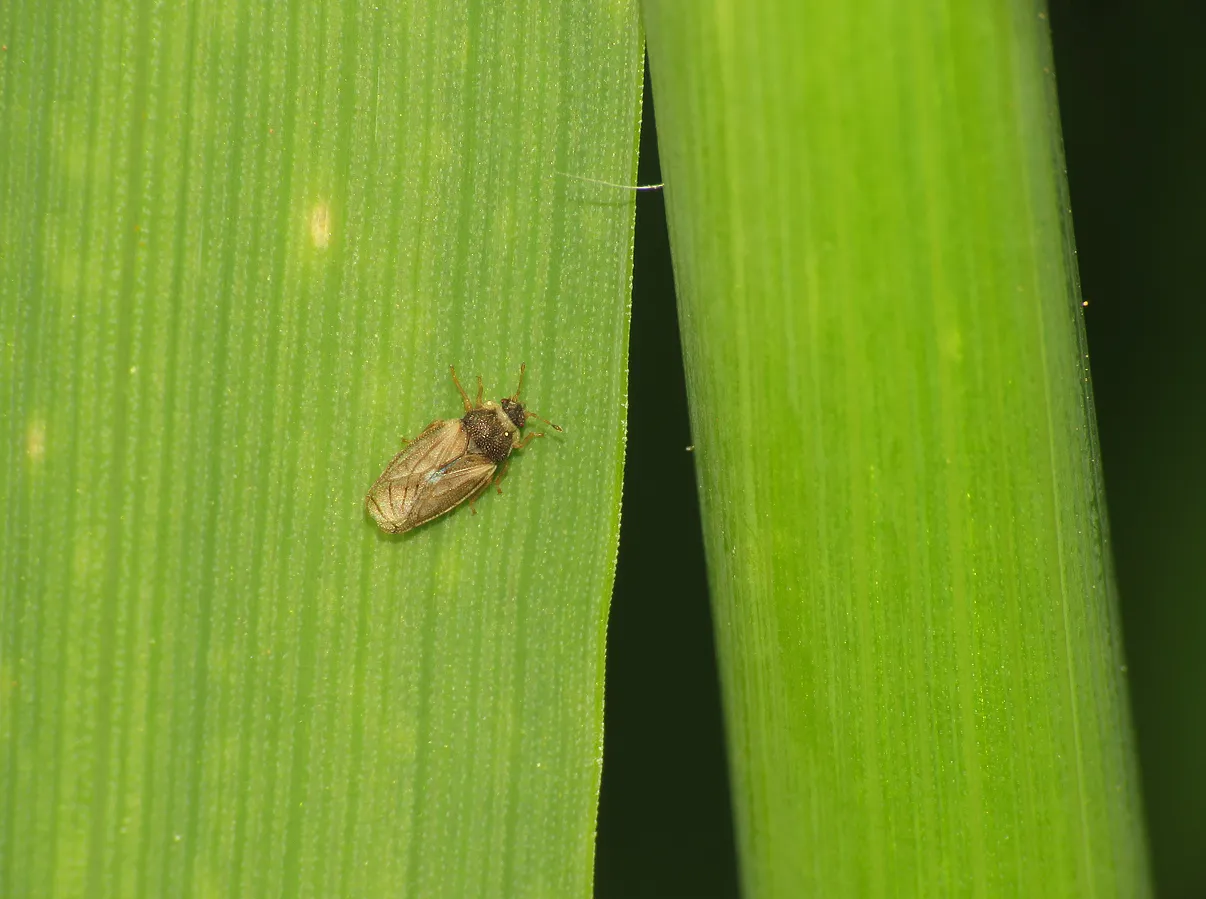
Here you can see a minuscule bug from the Piesmatidae family, resting on the long leaf of the wild oat grass ...
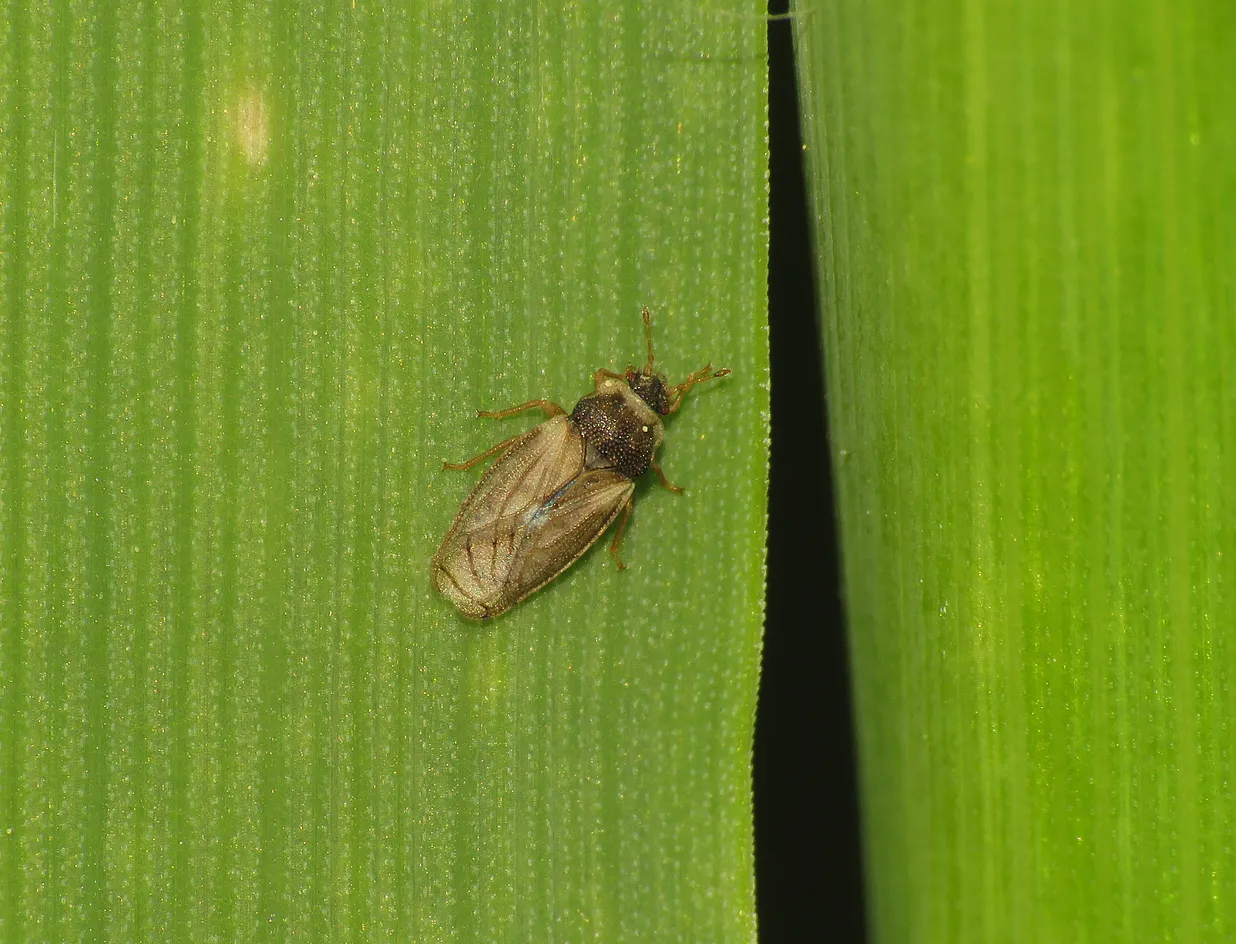
... Piesma maculatum is the name of the species.
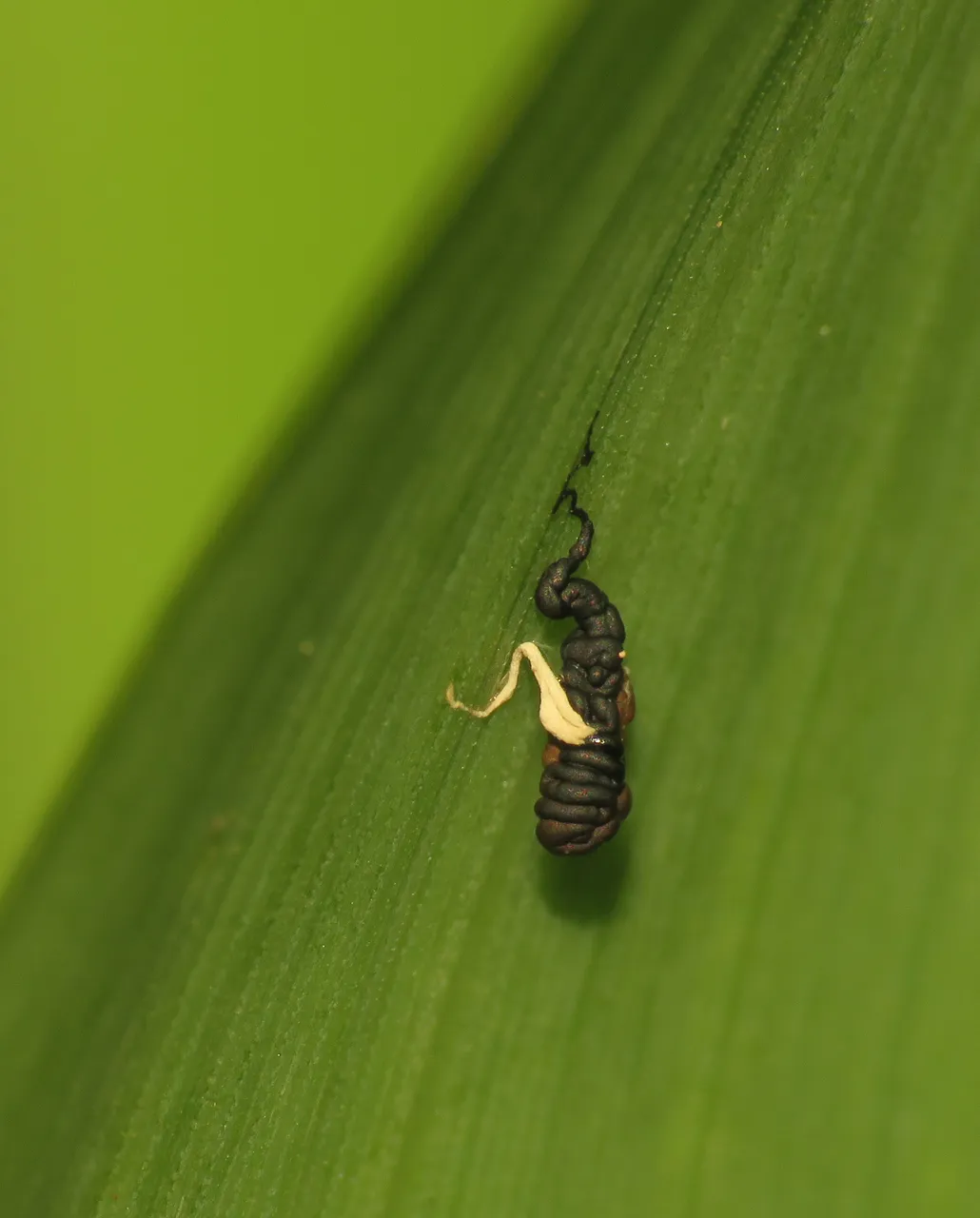
On another leaf of the same plant I photographed this alien - looking thing ... I don't know what is this exactly ... or approximately ... maybe just an excrement of some small creature. This is a very small object, the photograph had to be cropped considerably to look like you see it here.
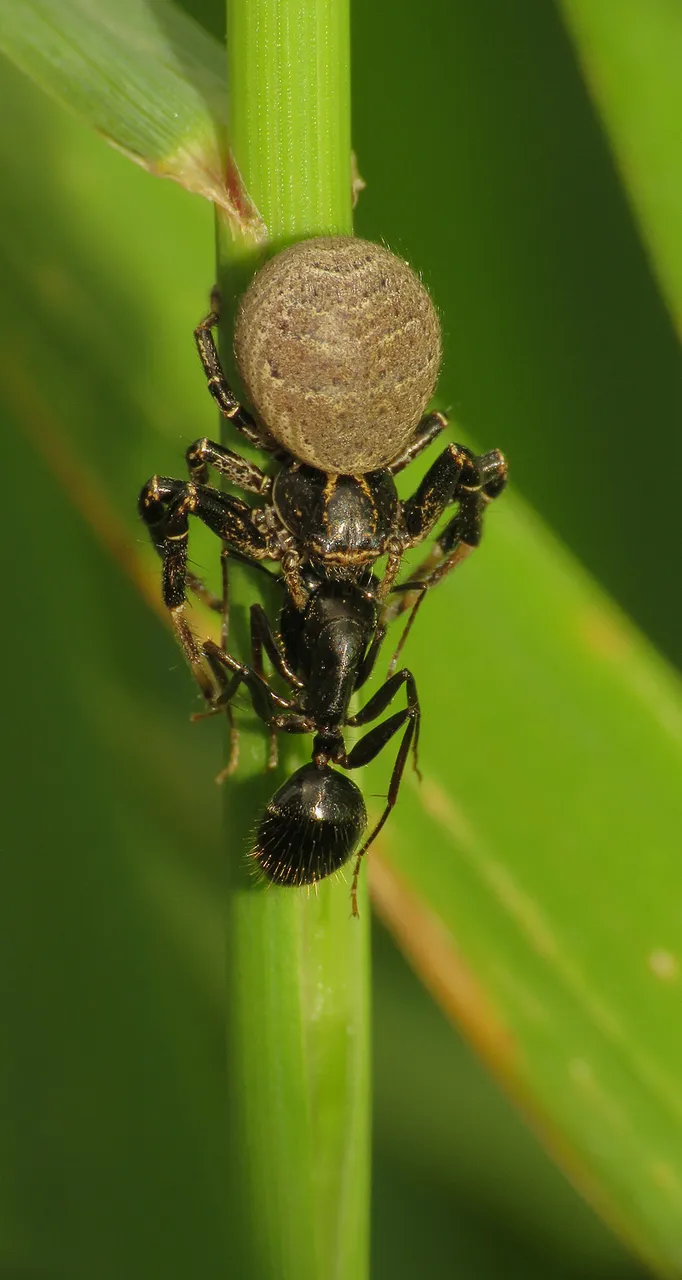
Just a few meters from there I photographed this scene ...
... the Xysticus kempeleni crab spider, from the genus Xysticus of the Thomisidae family, a group of species known as Ground crab spiders ...
... has caught the Formica fusca ant.

After taking the last few shots of this shiny soldier fly, the Chloromyia formosa ...
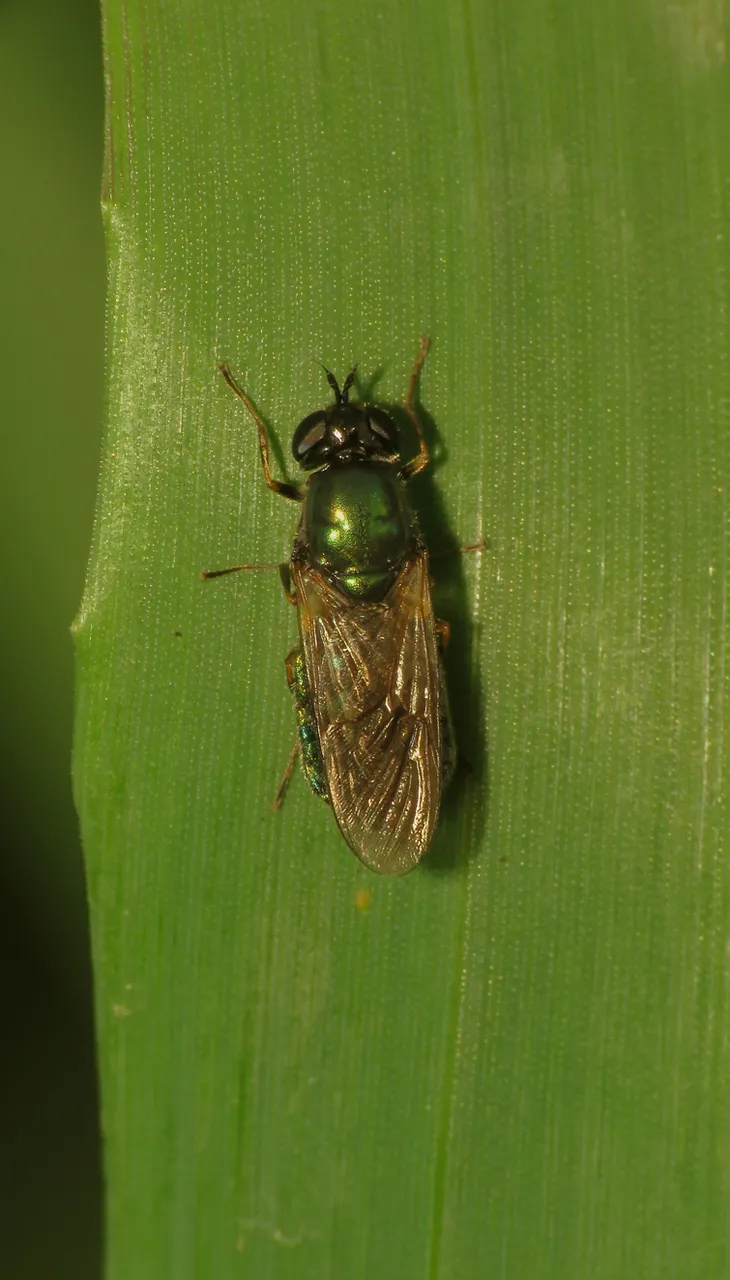
... I went home, so this macro news report has to end here - THE END.
As always in these posts on HIVE, the photographs are my work ... and as always in this NEWS FROM THE MEADOWS series, they were all taken today.





